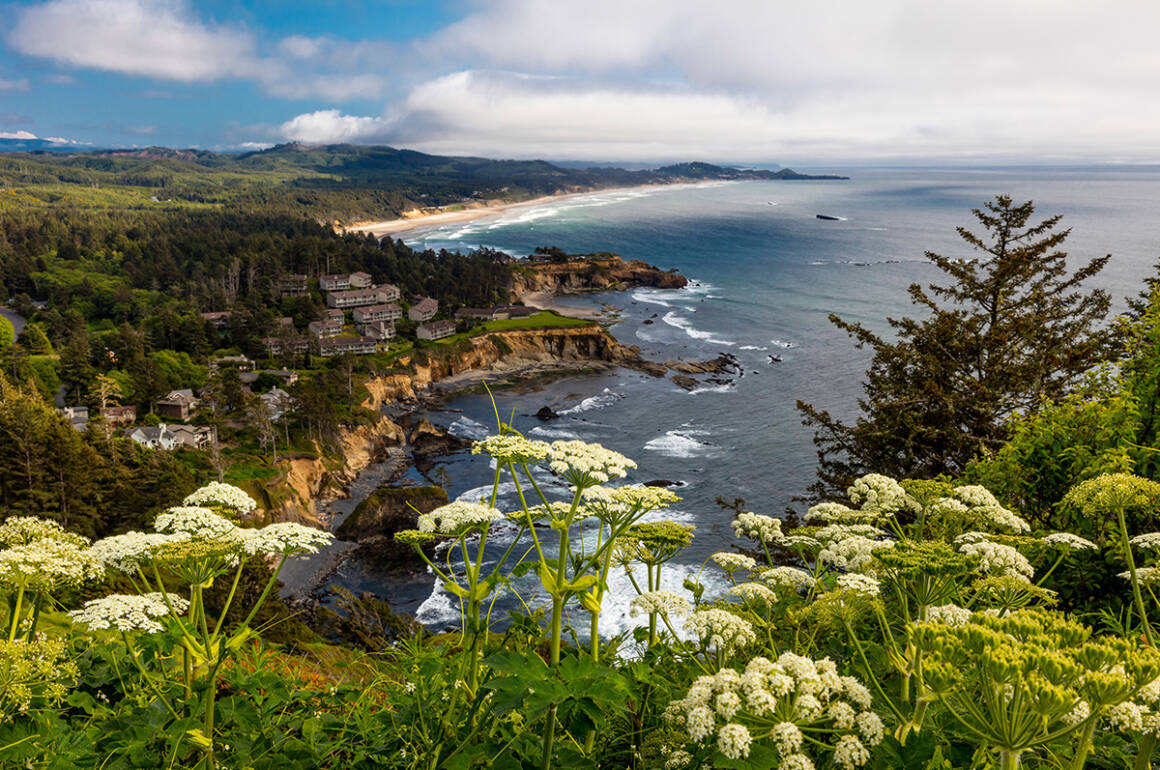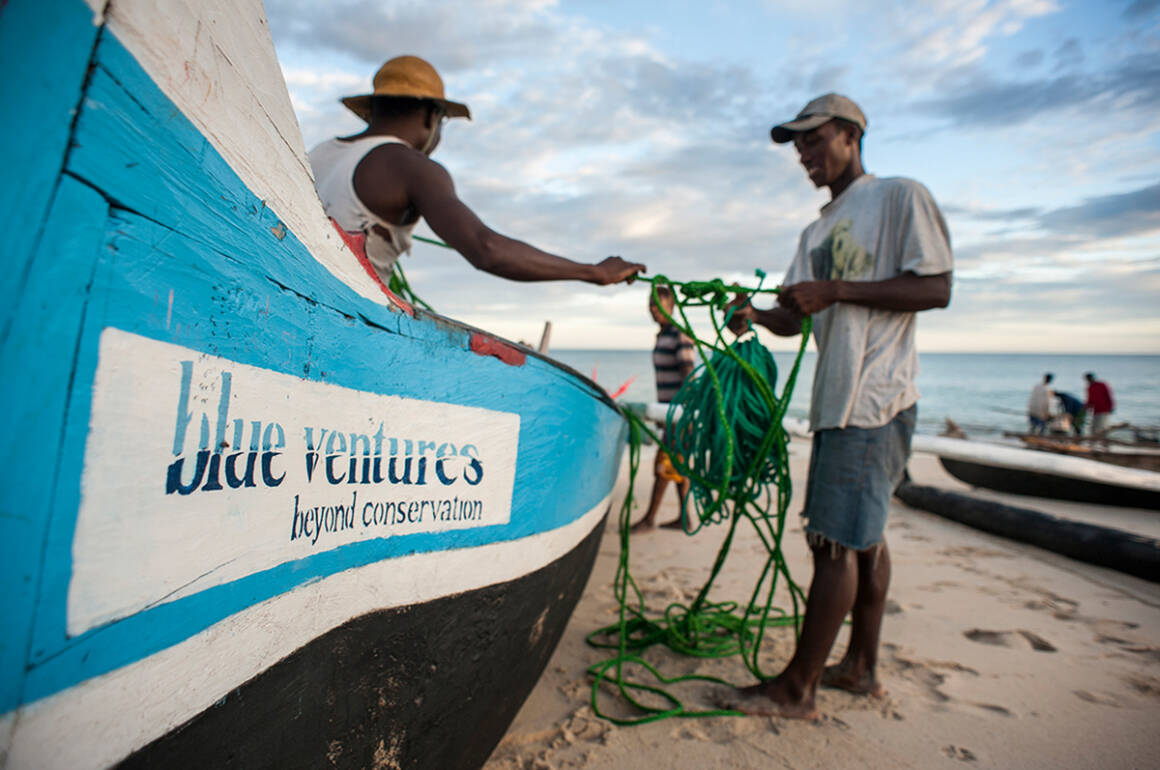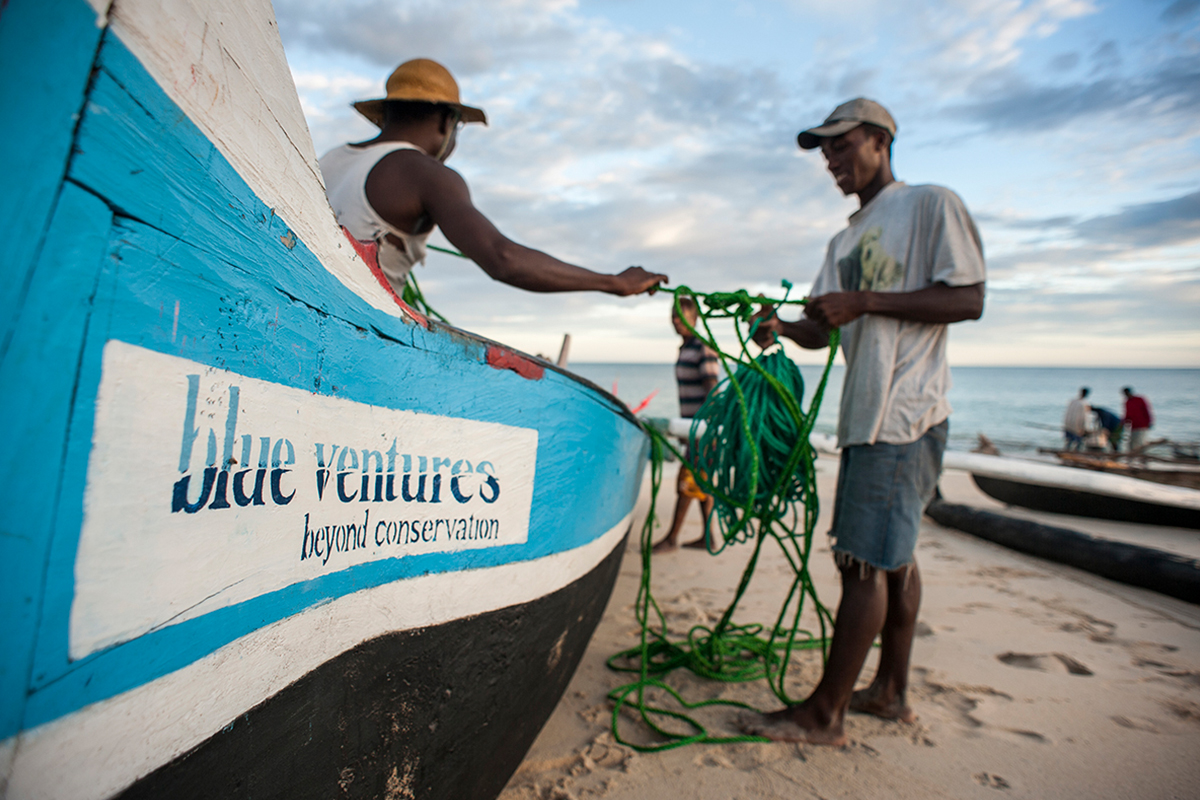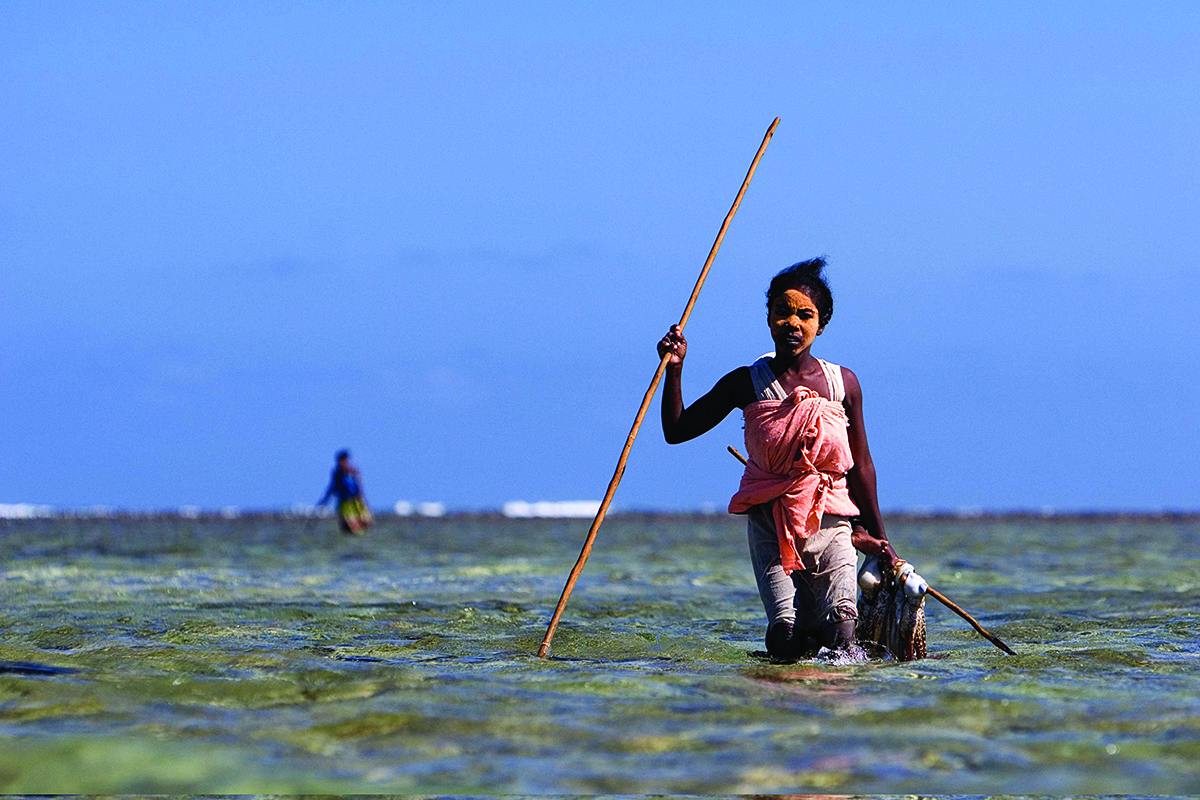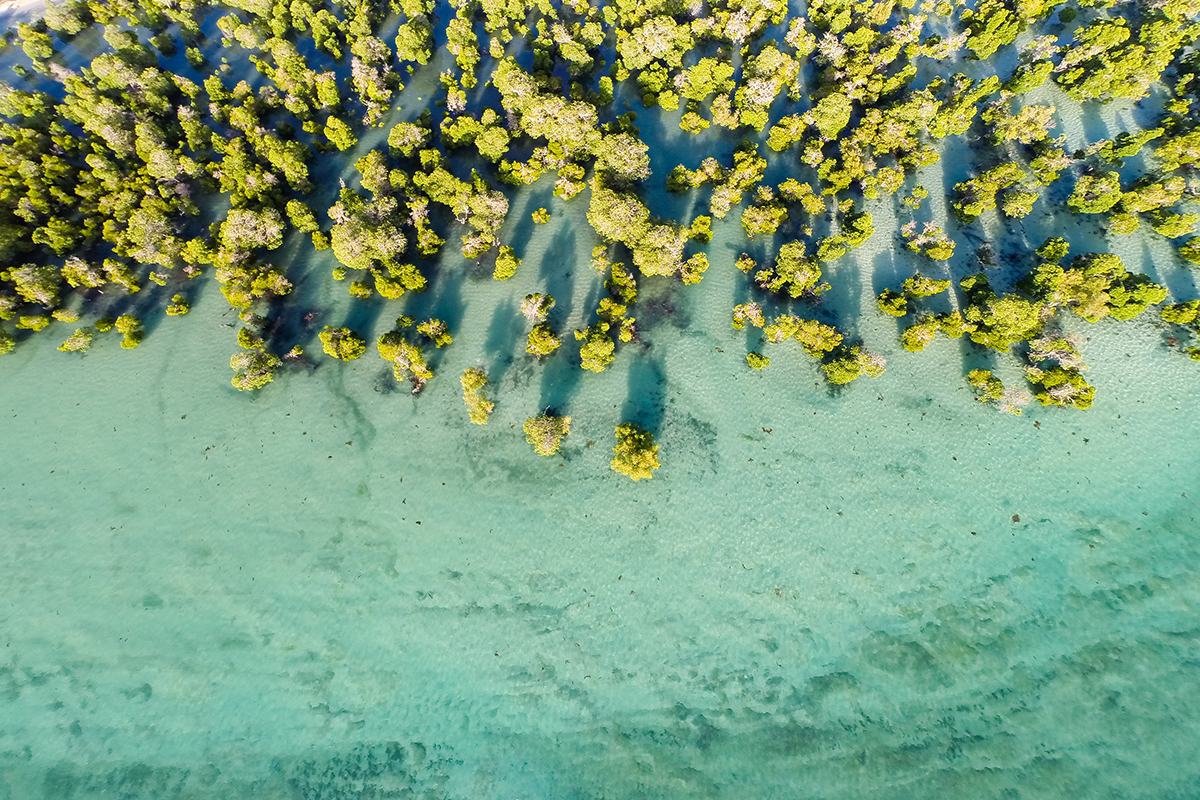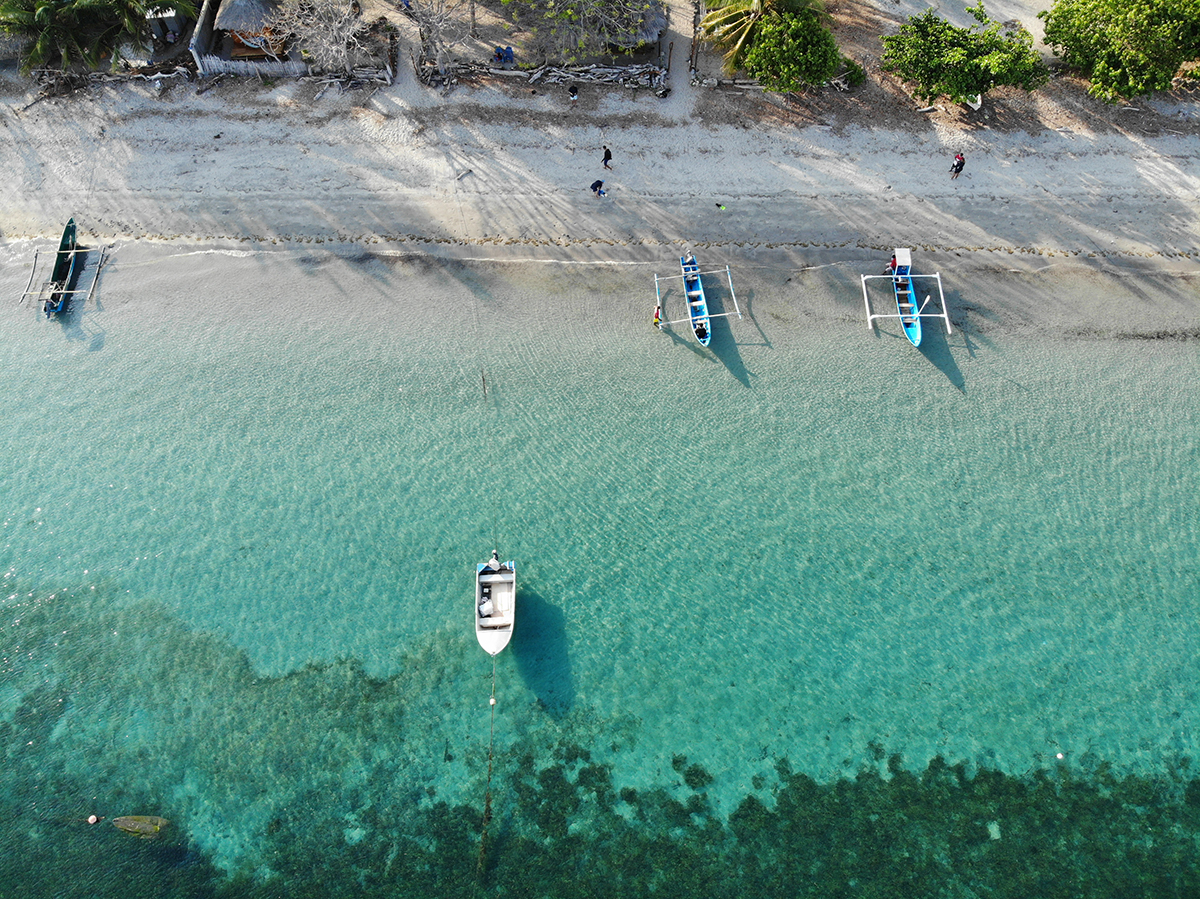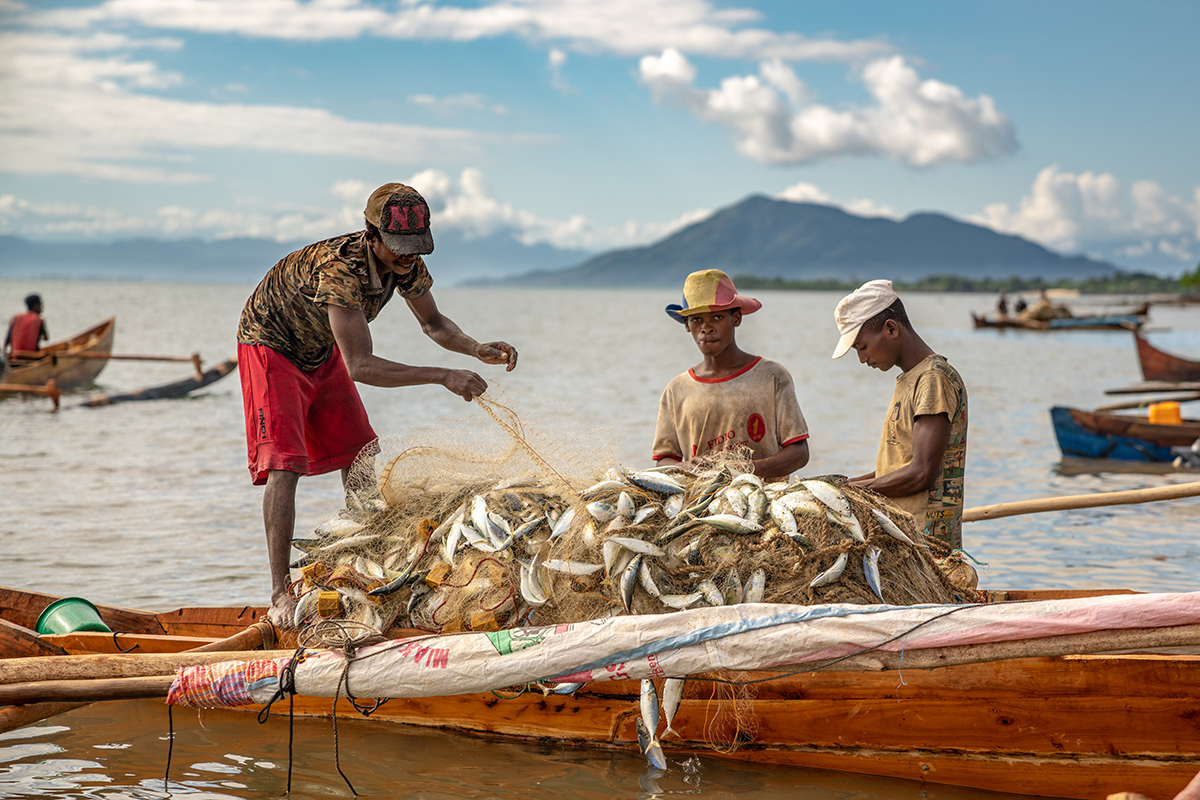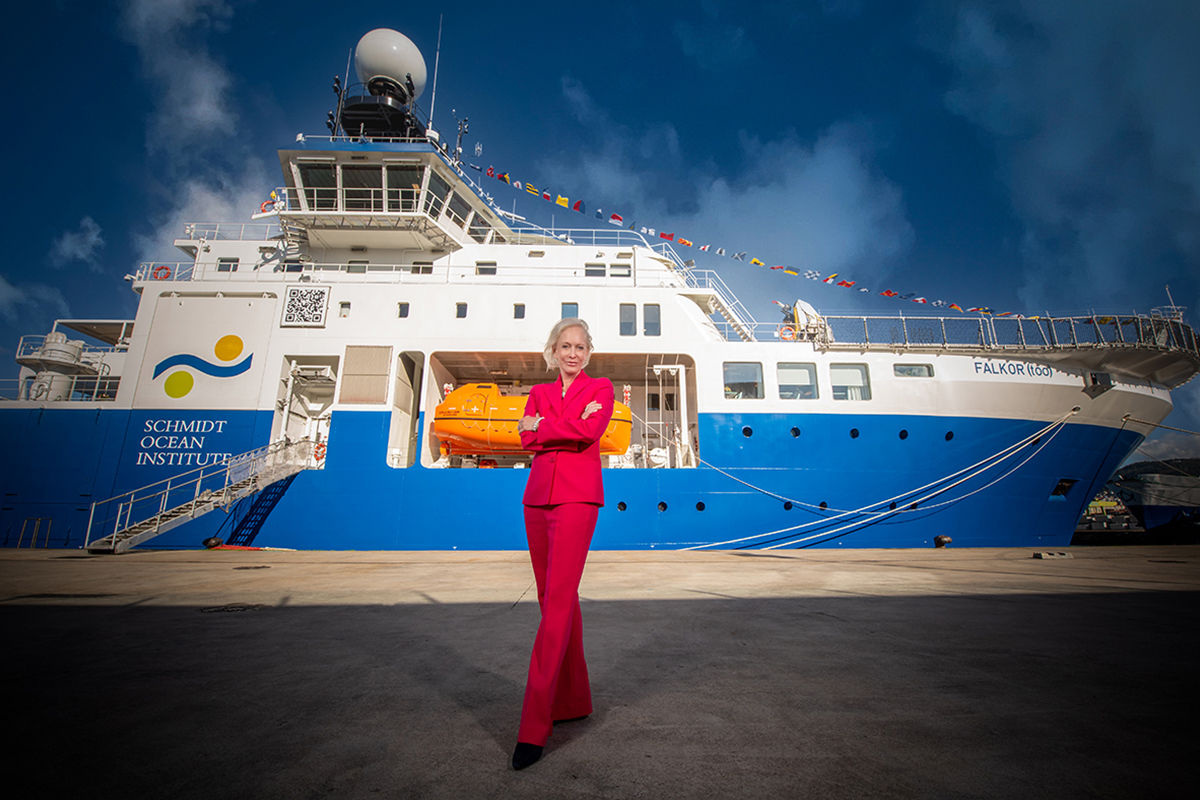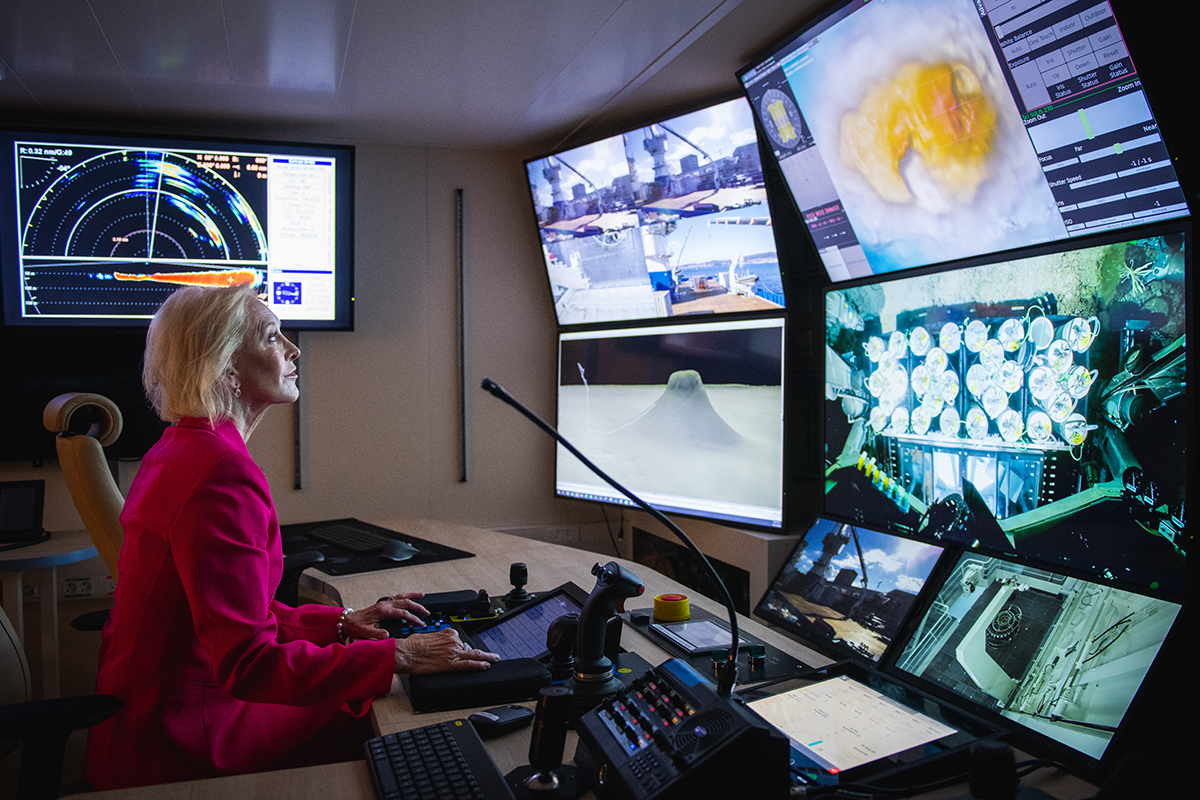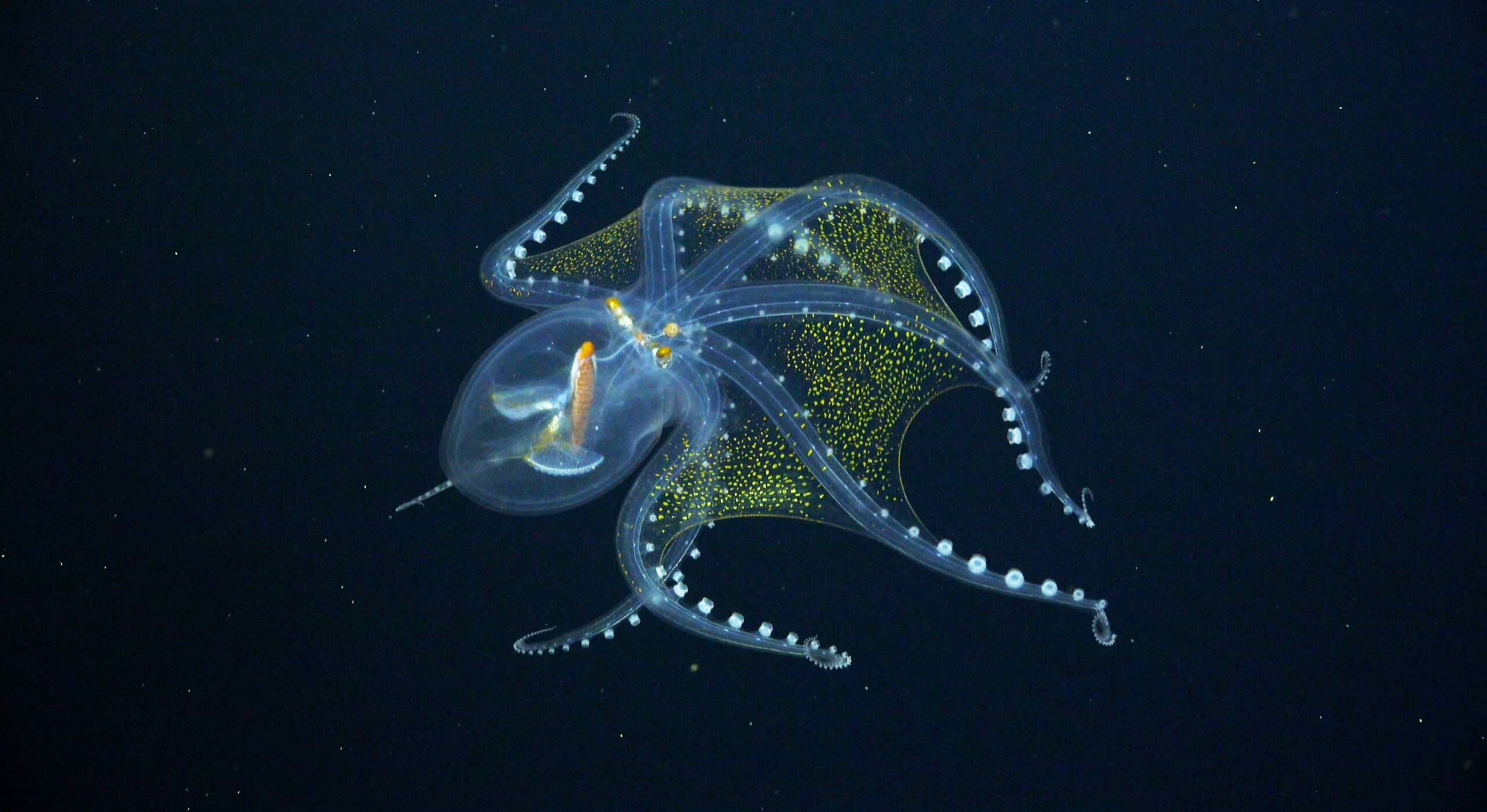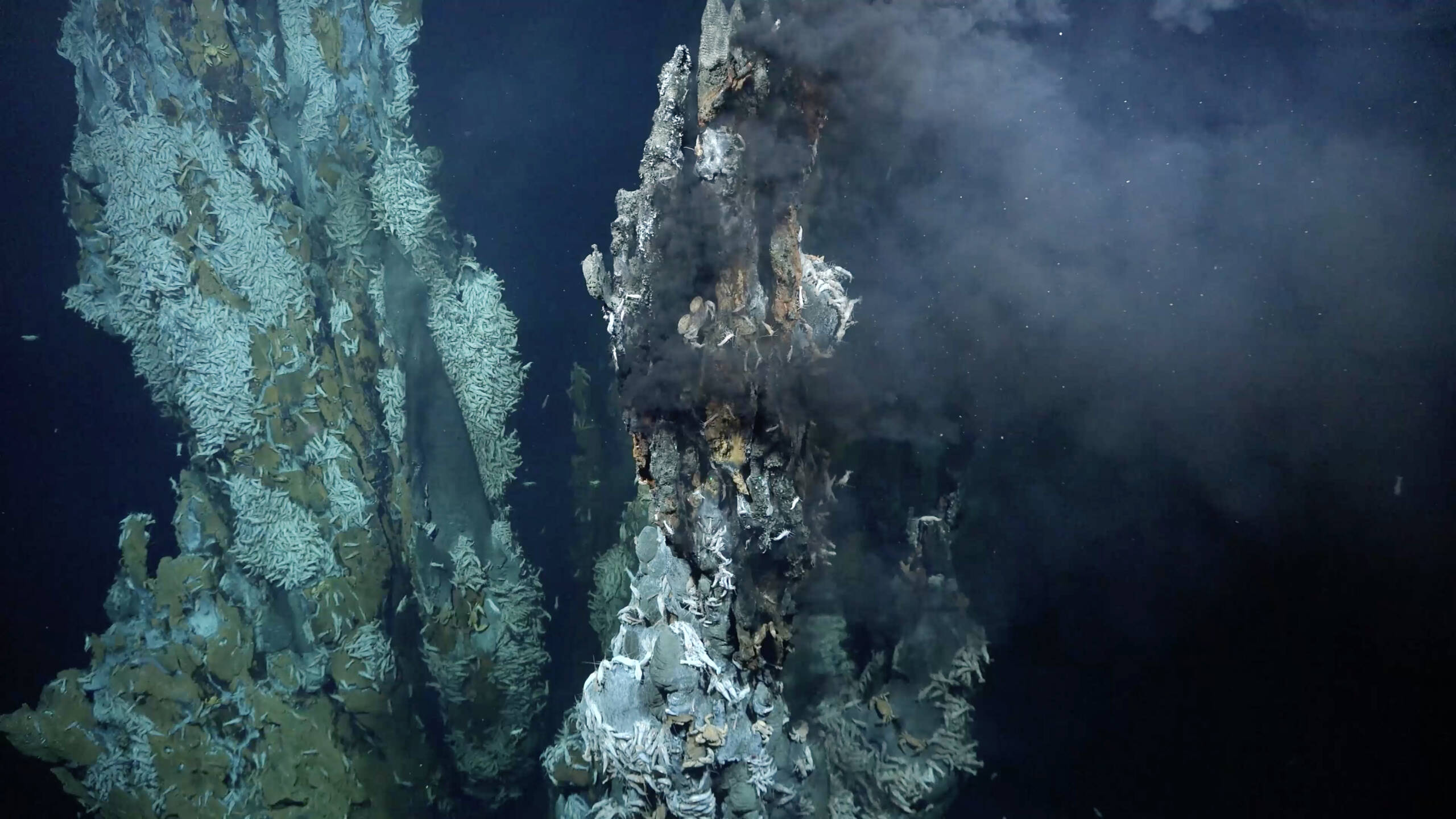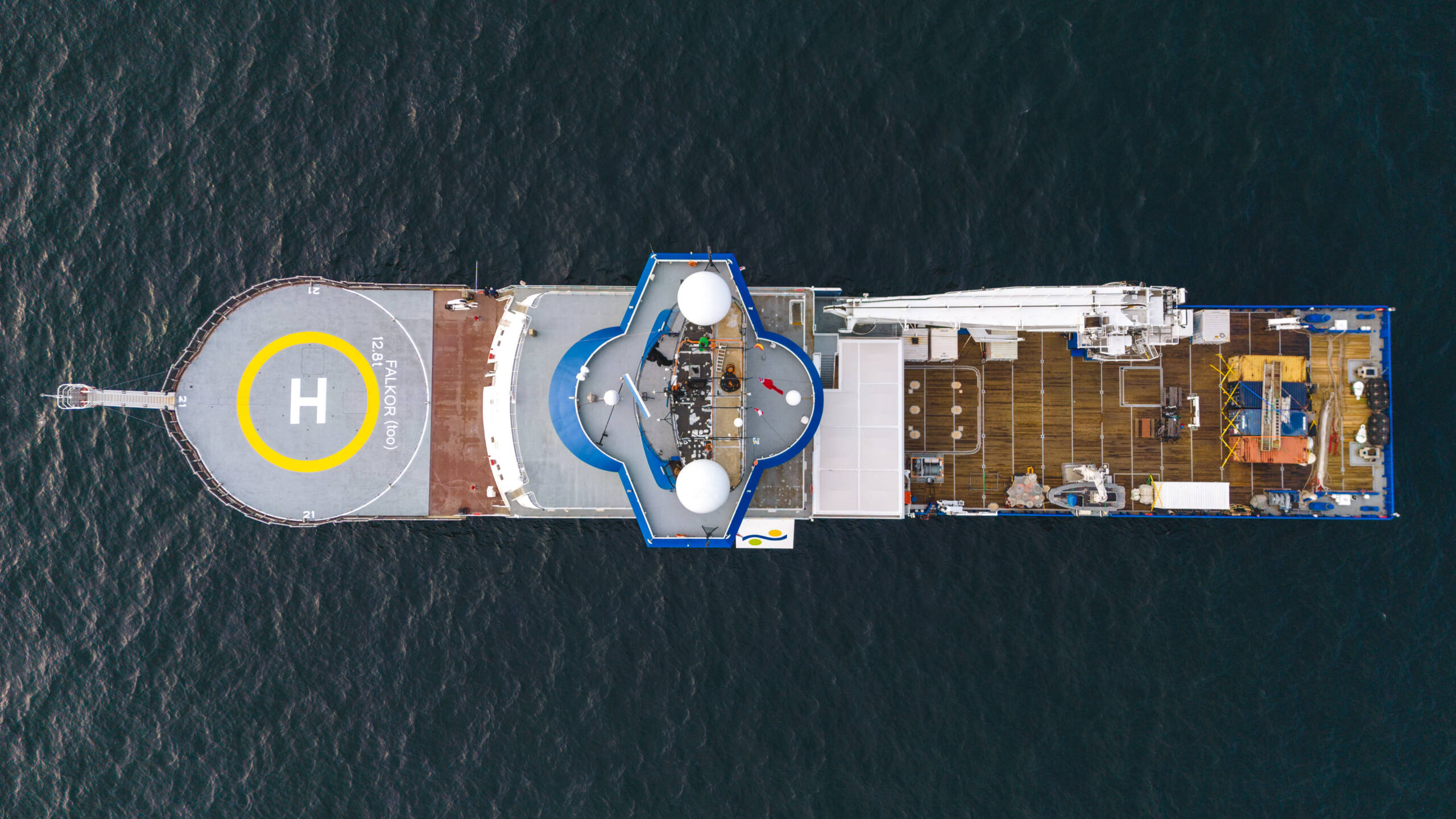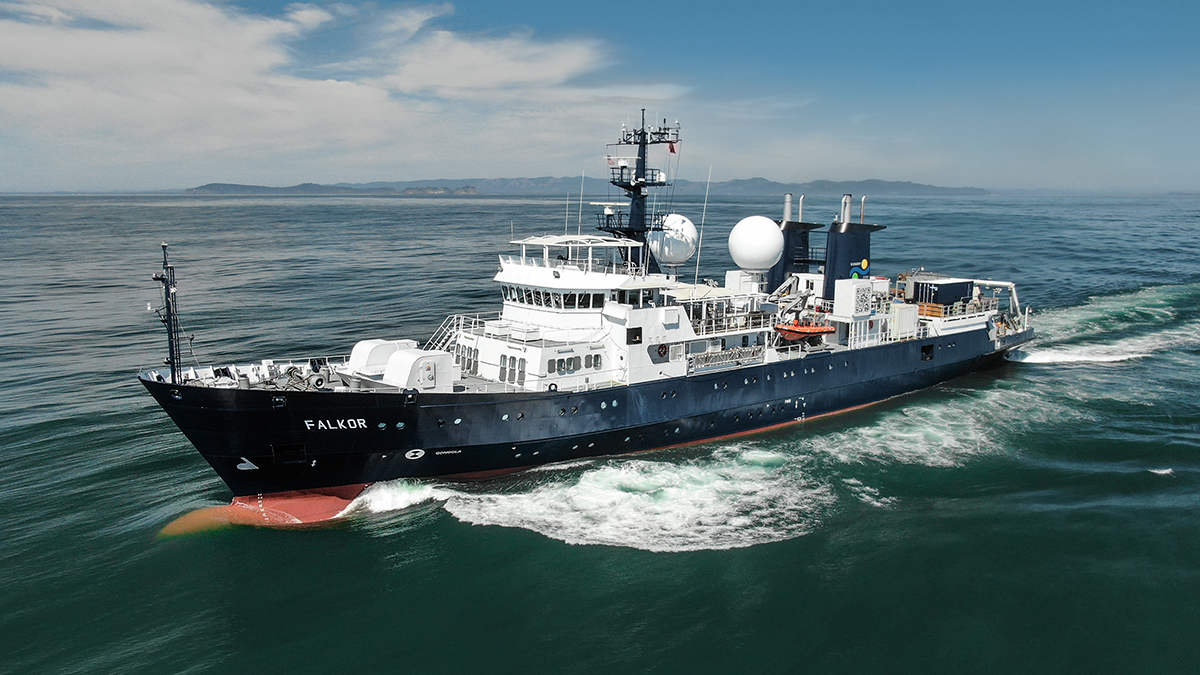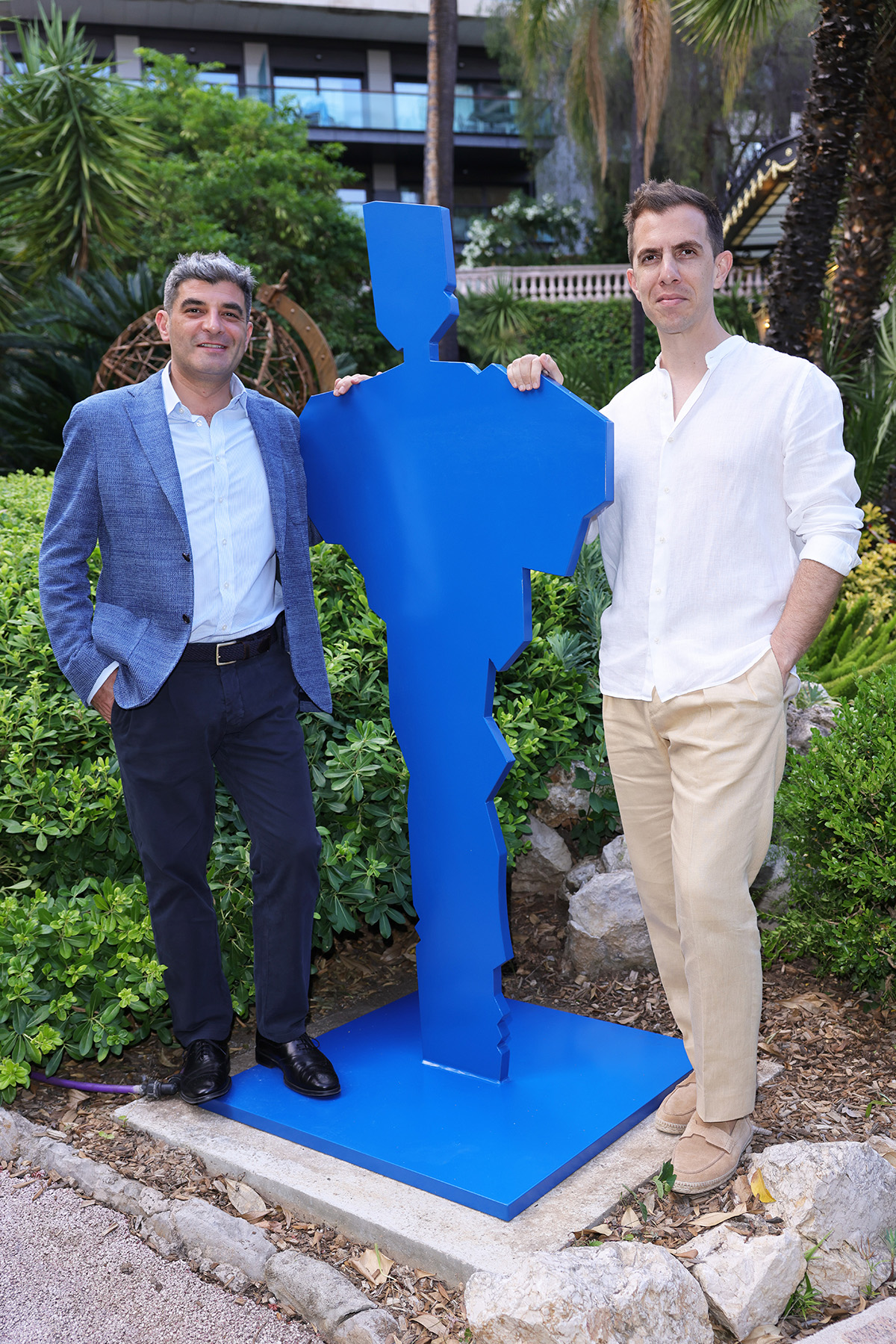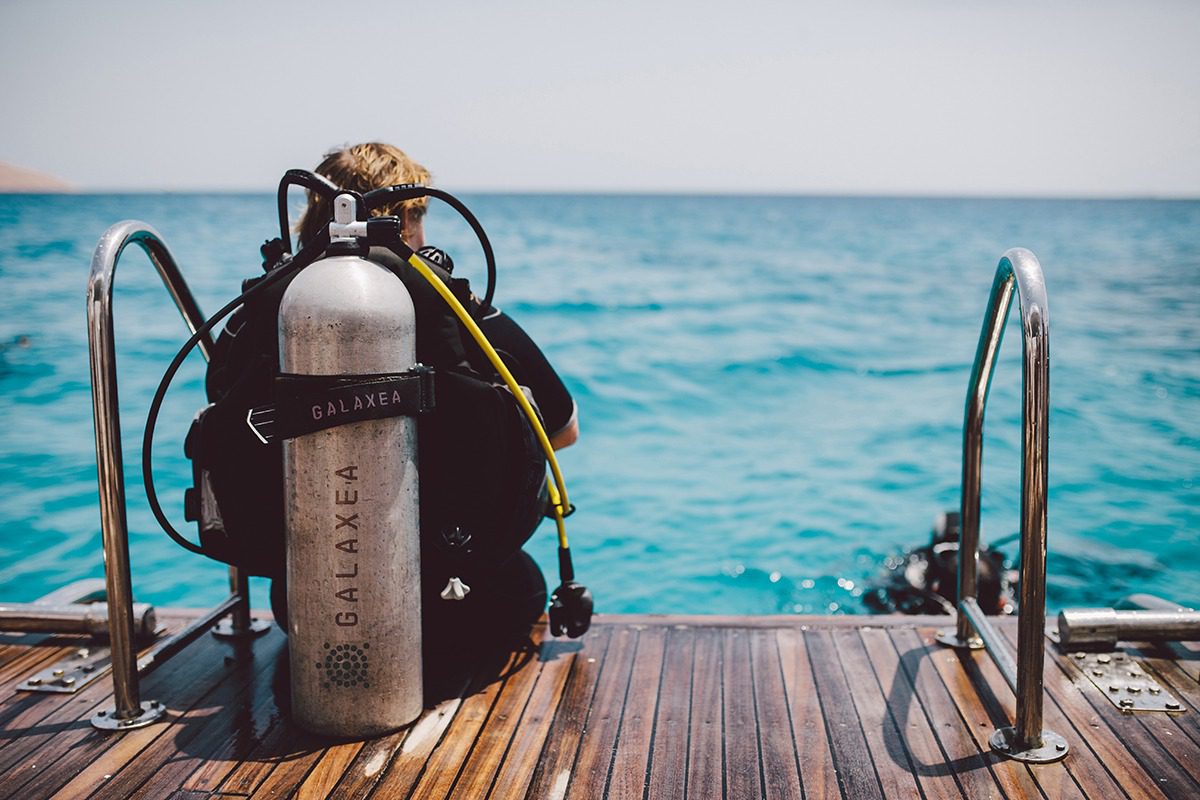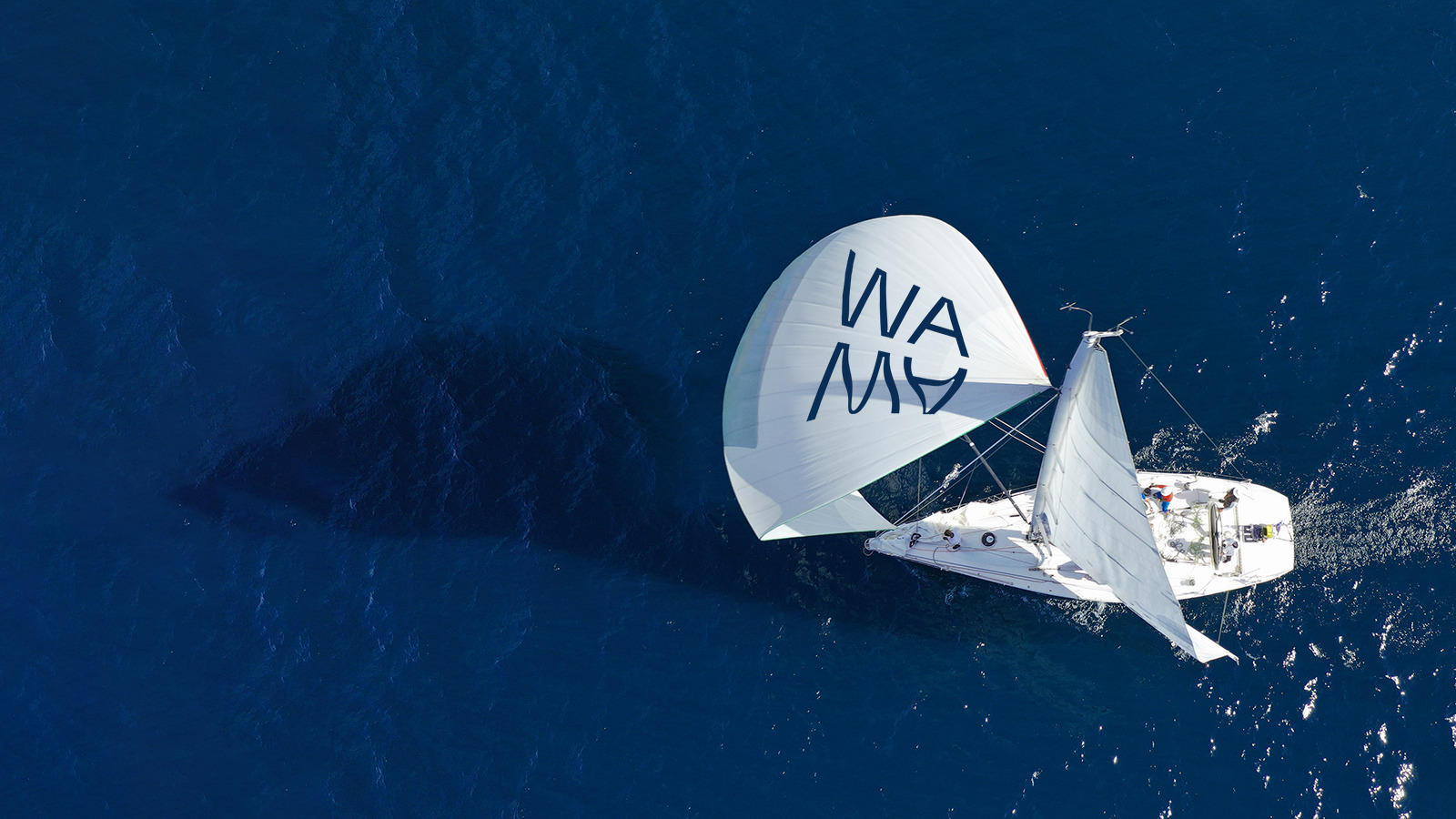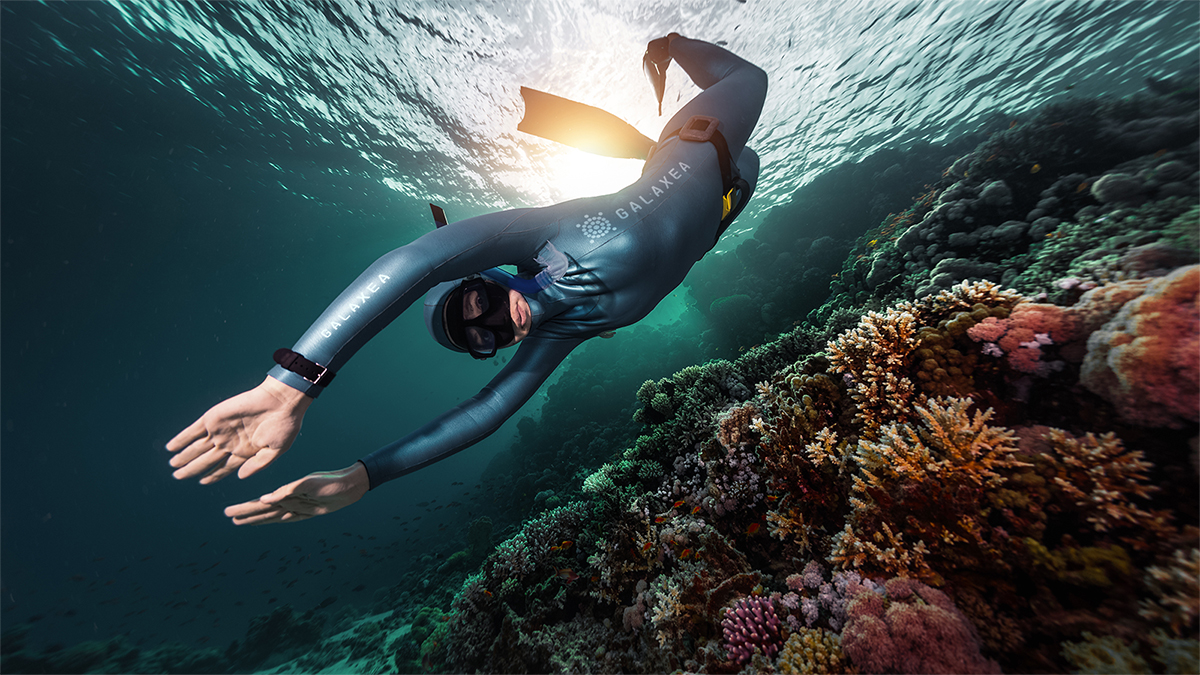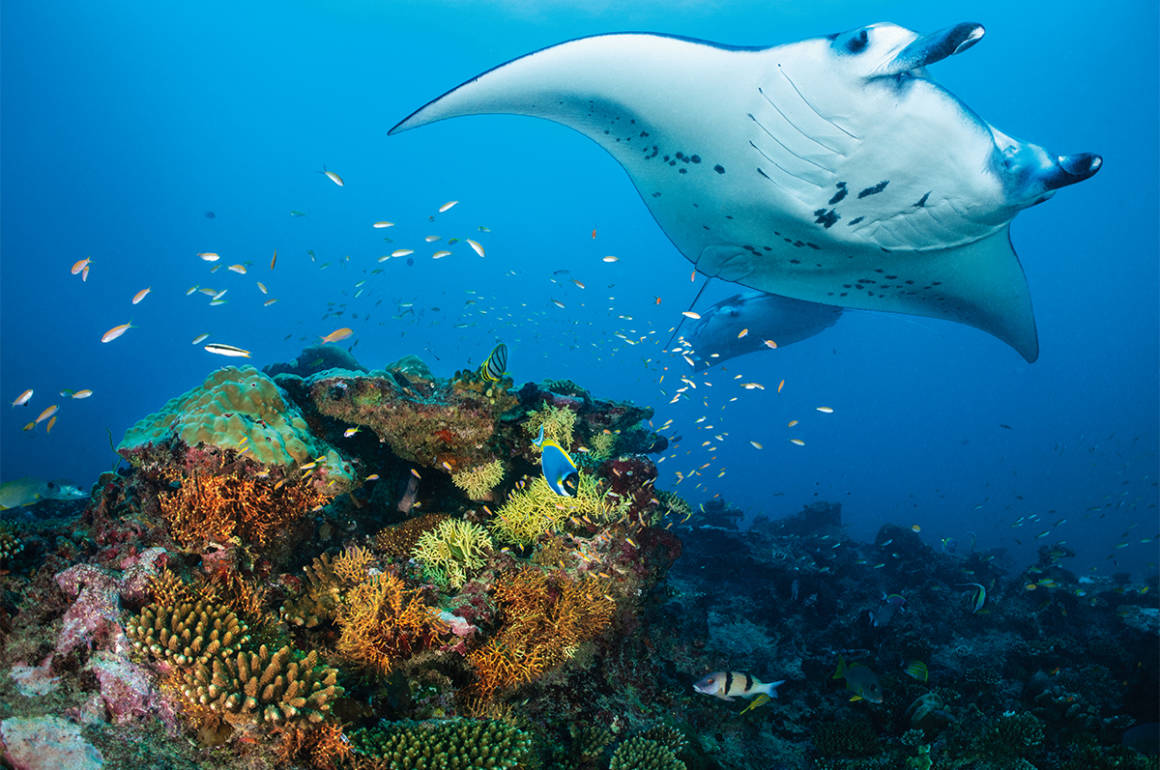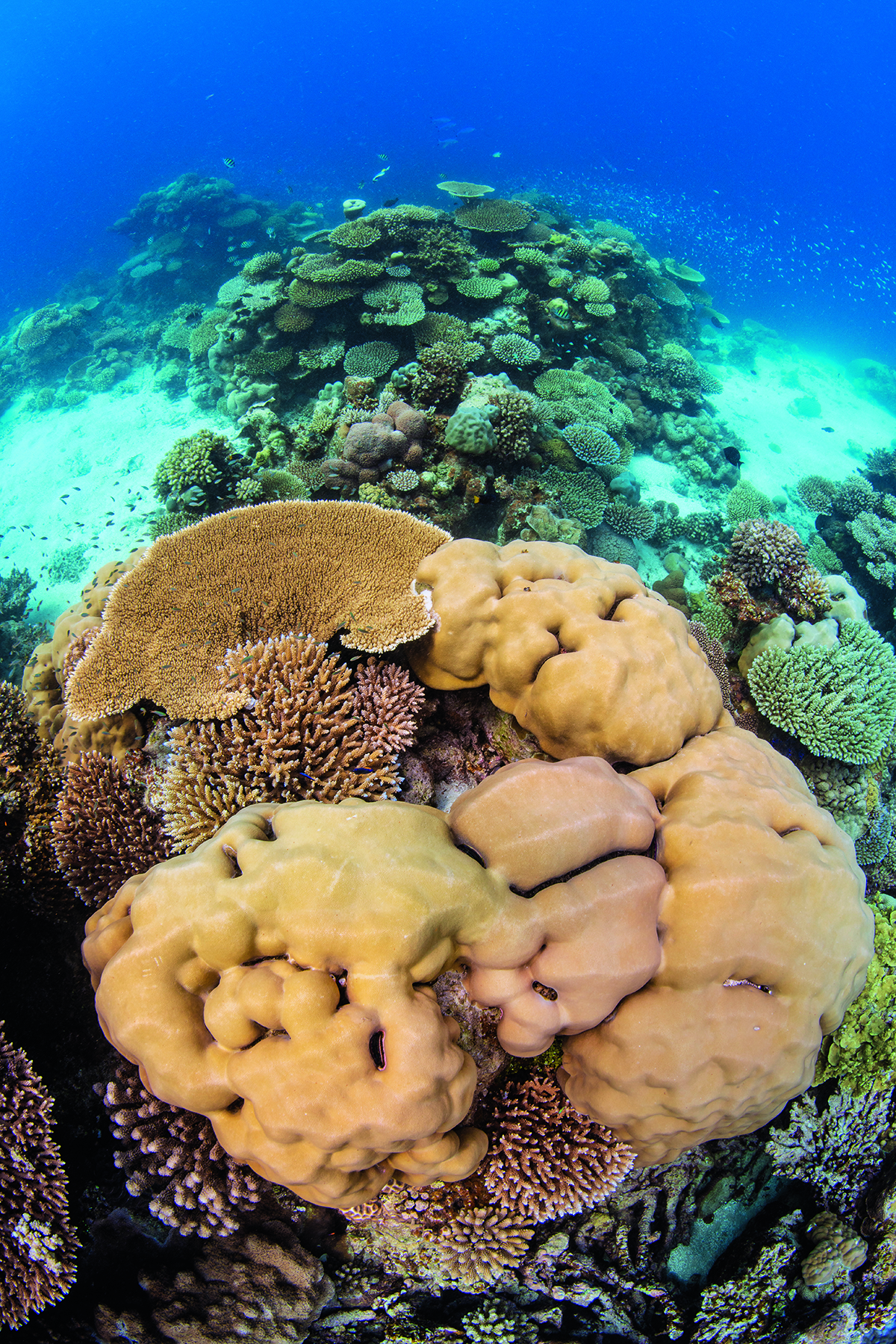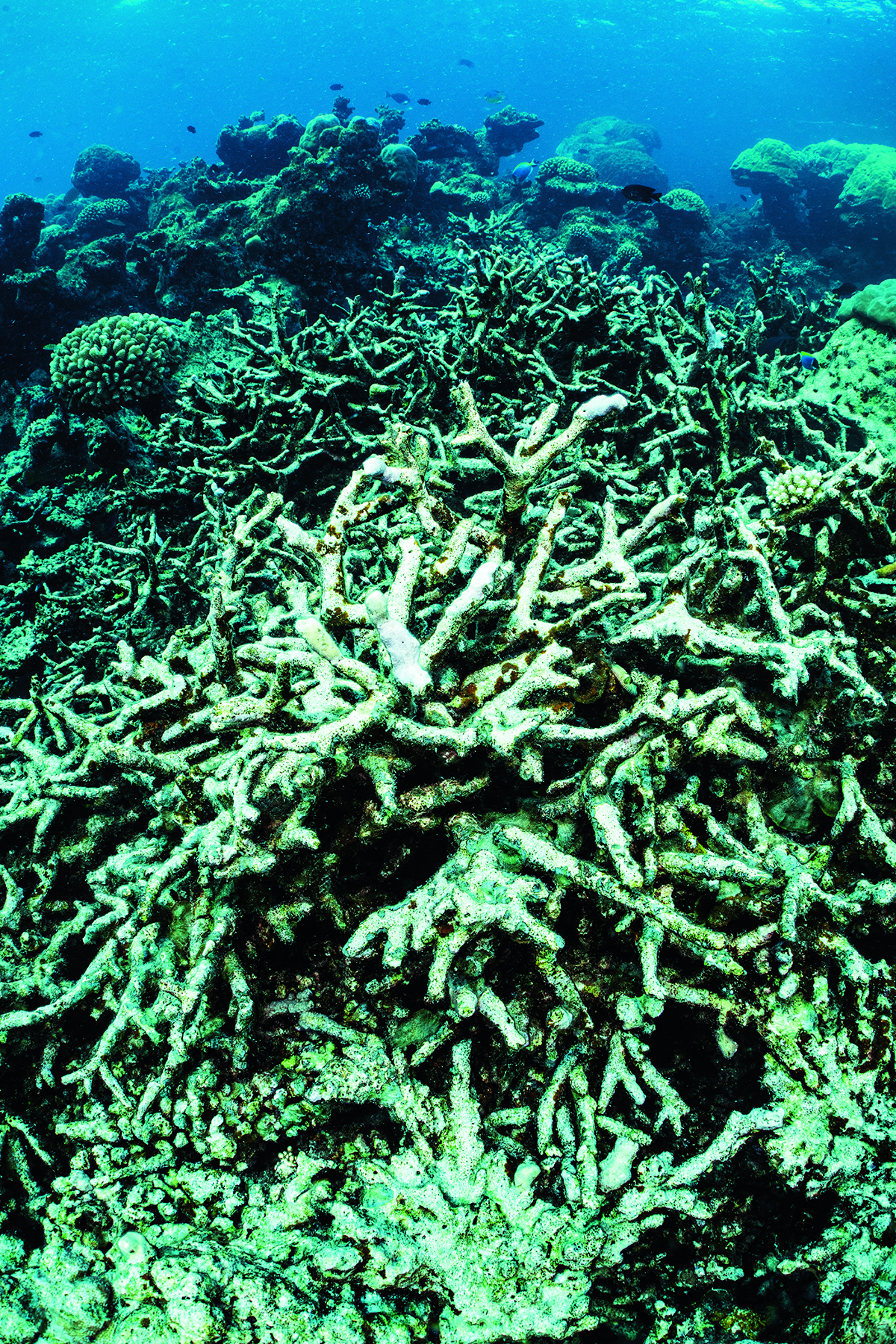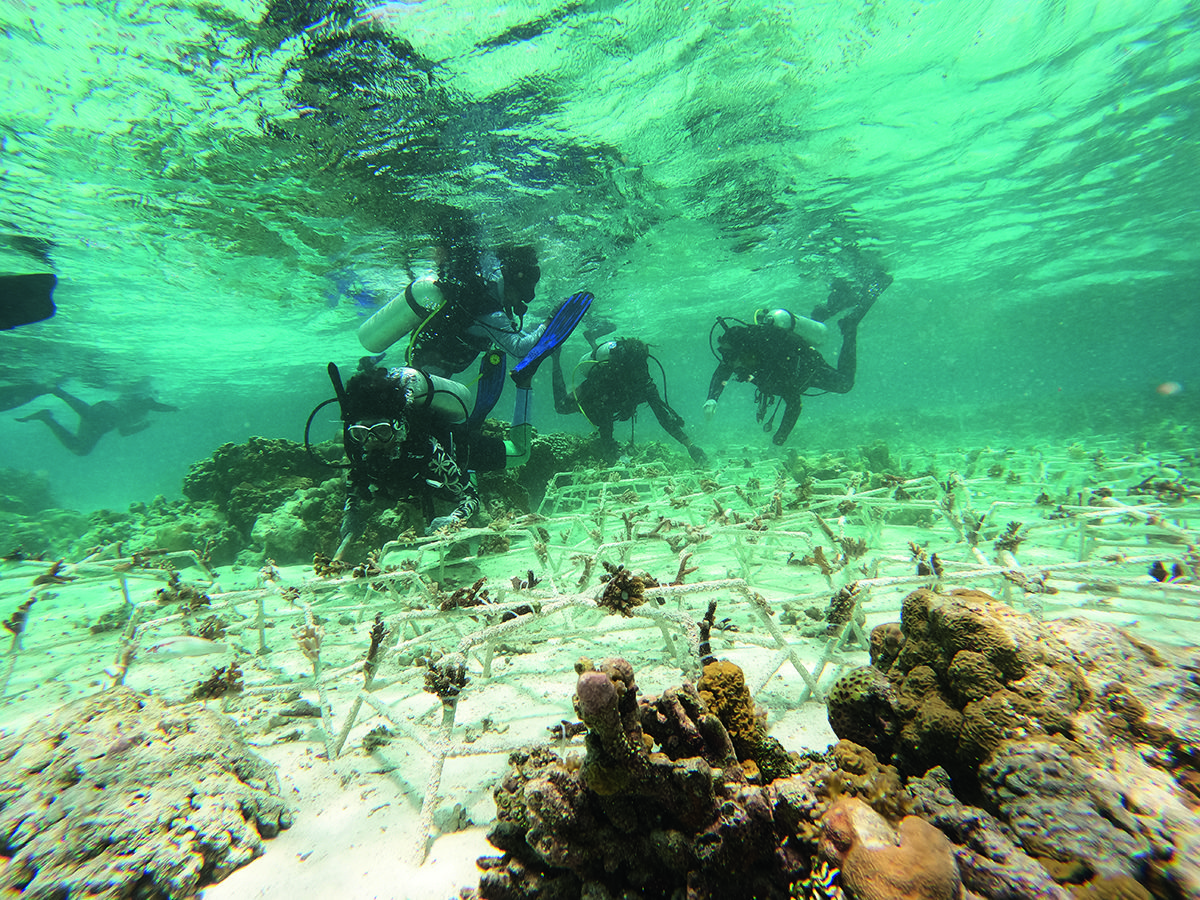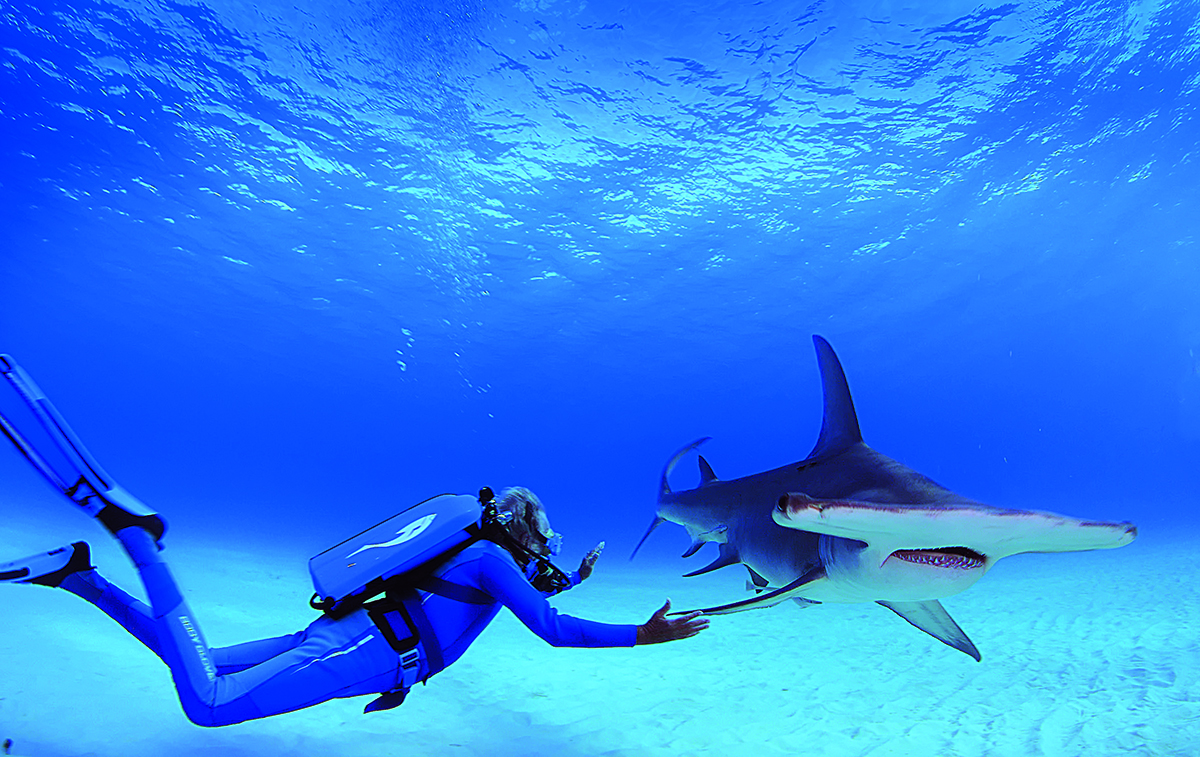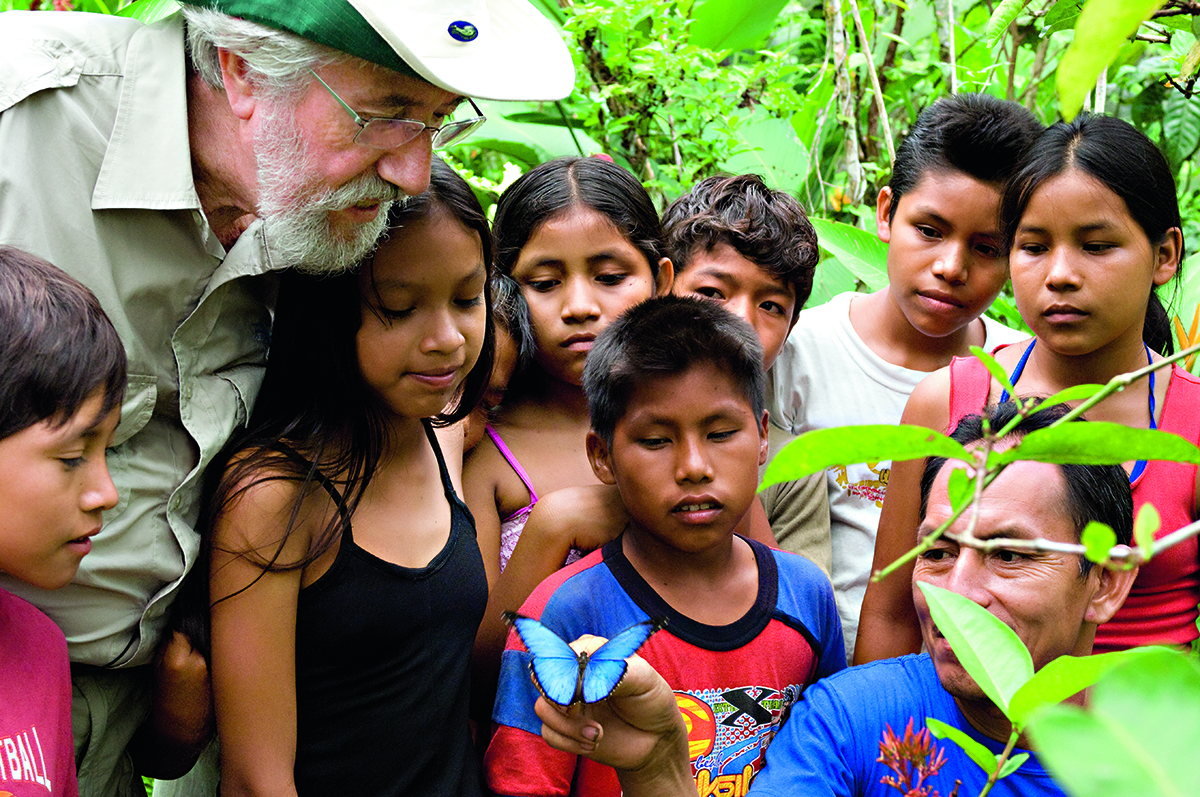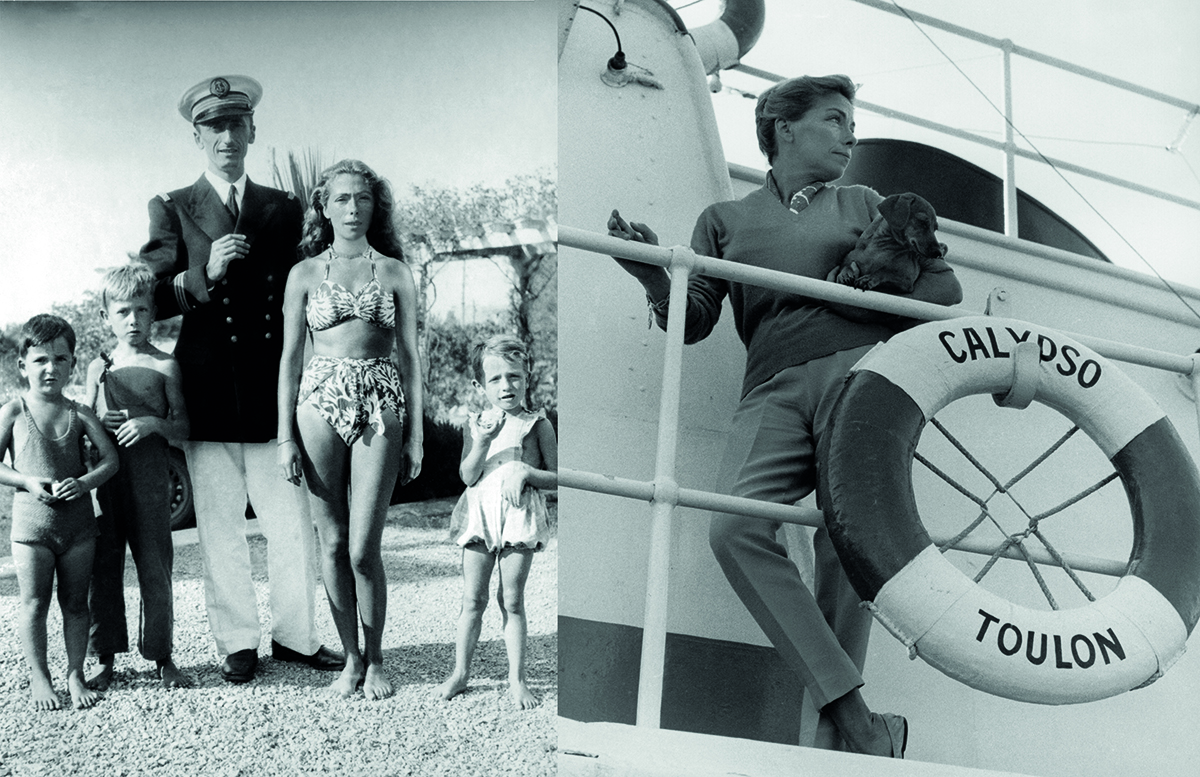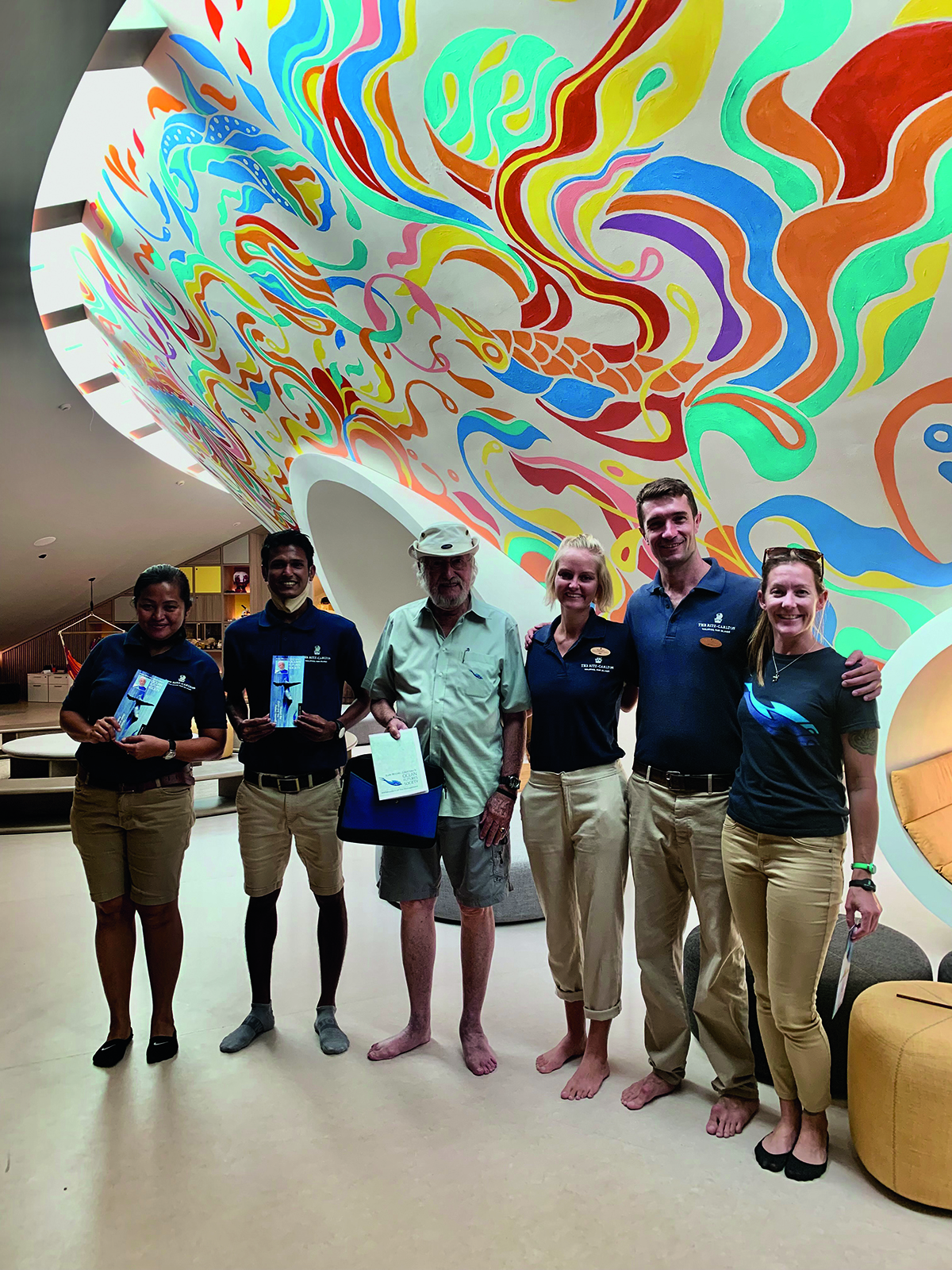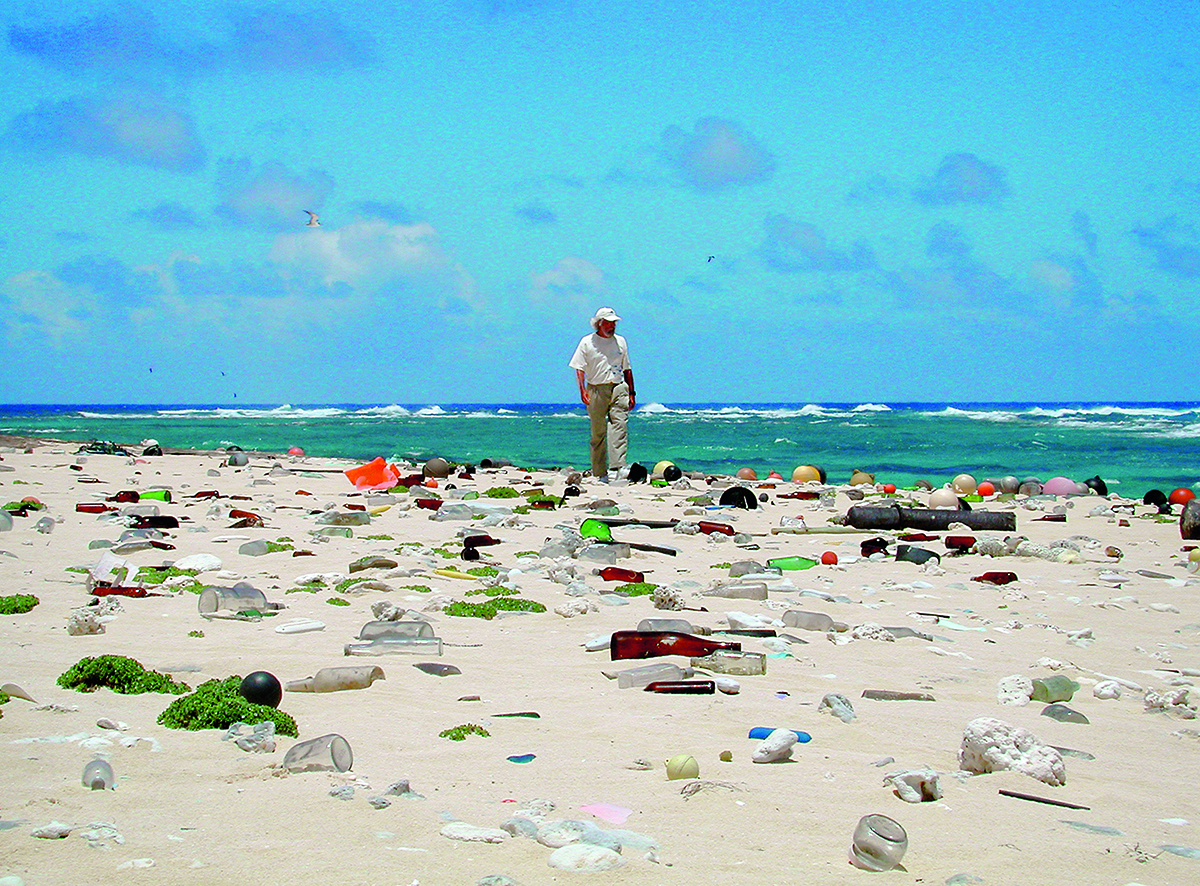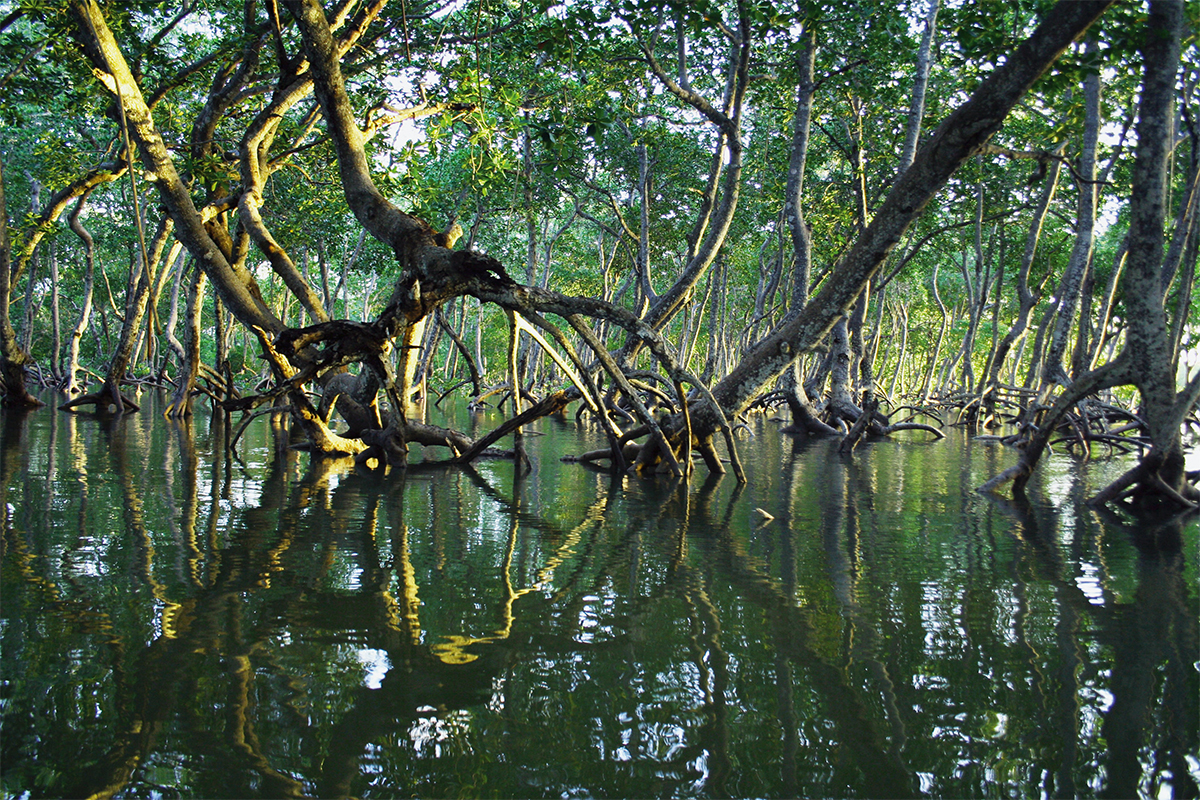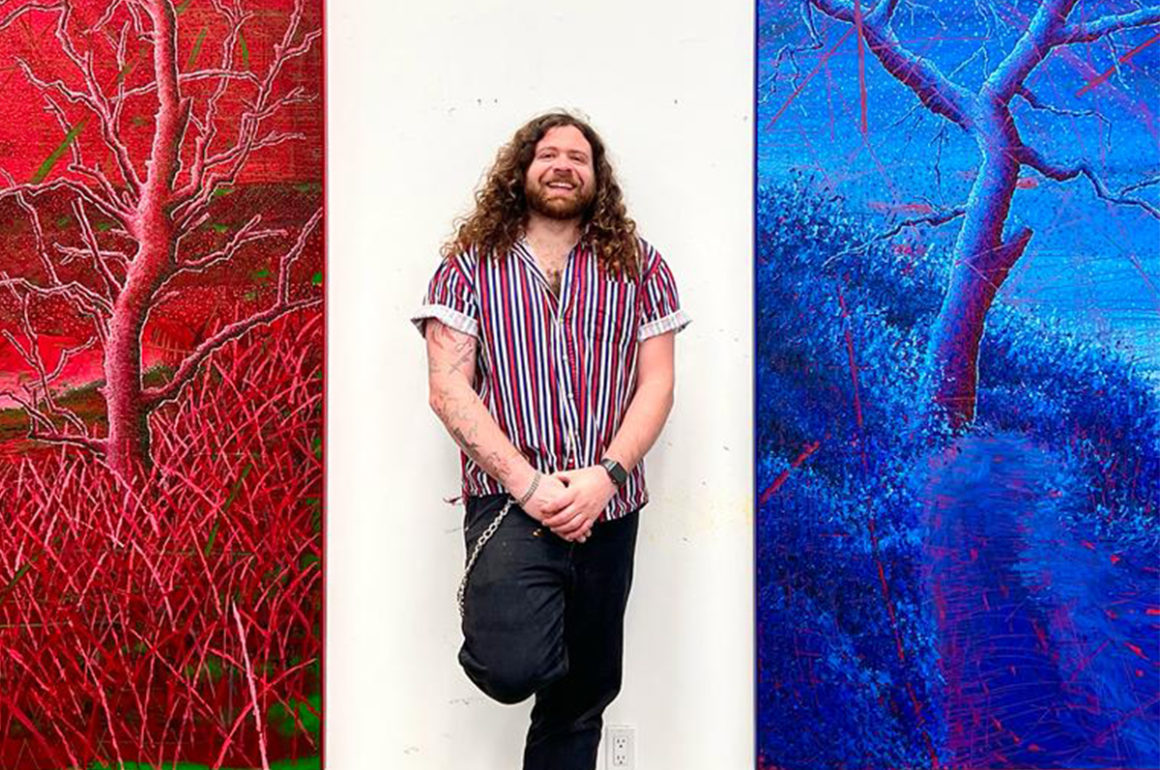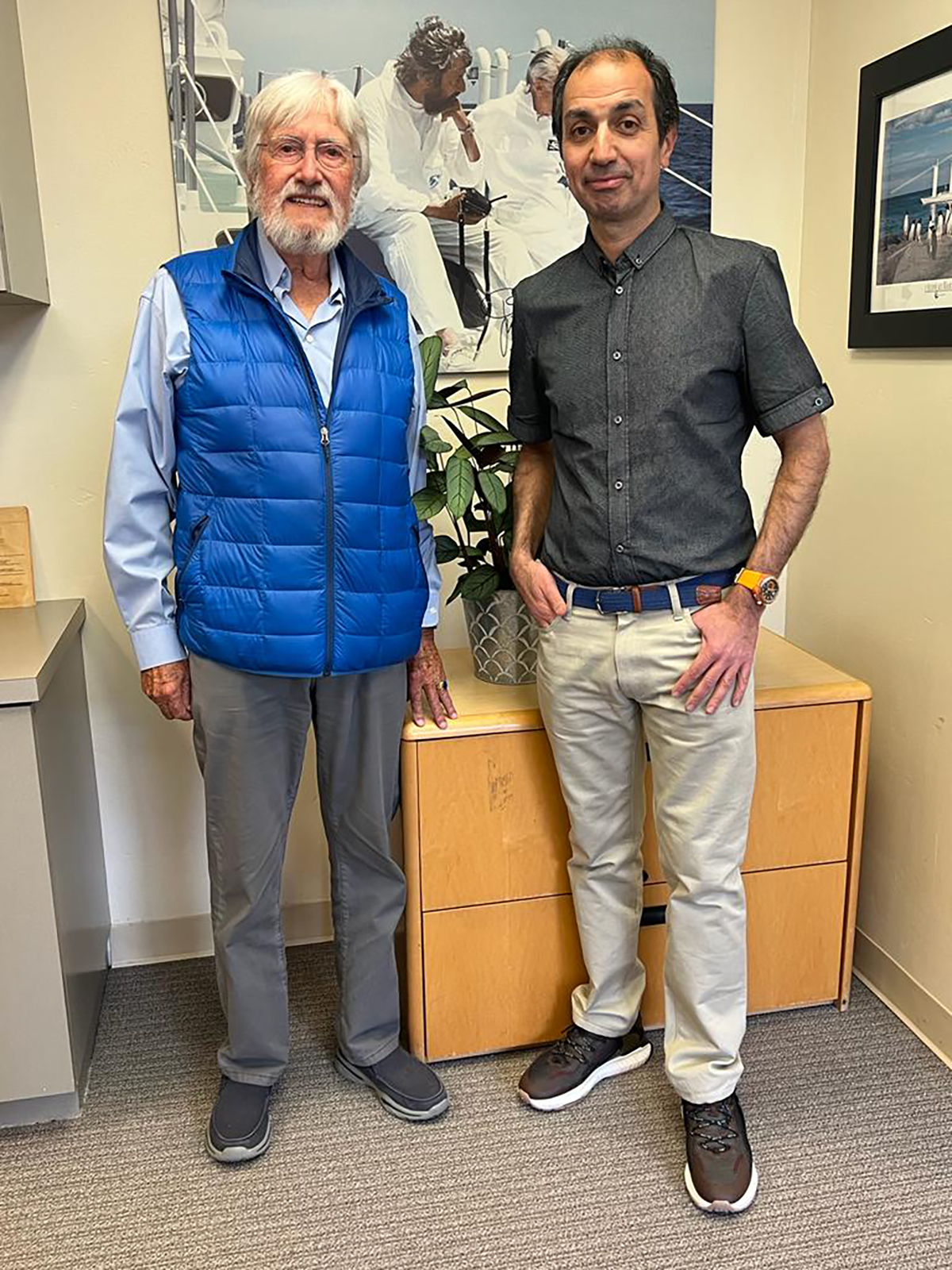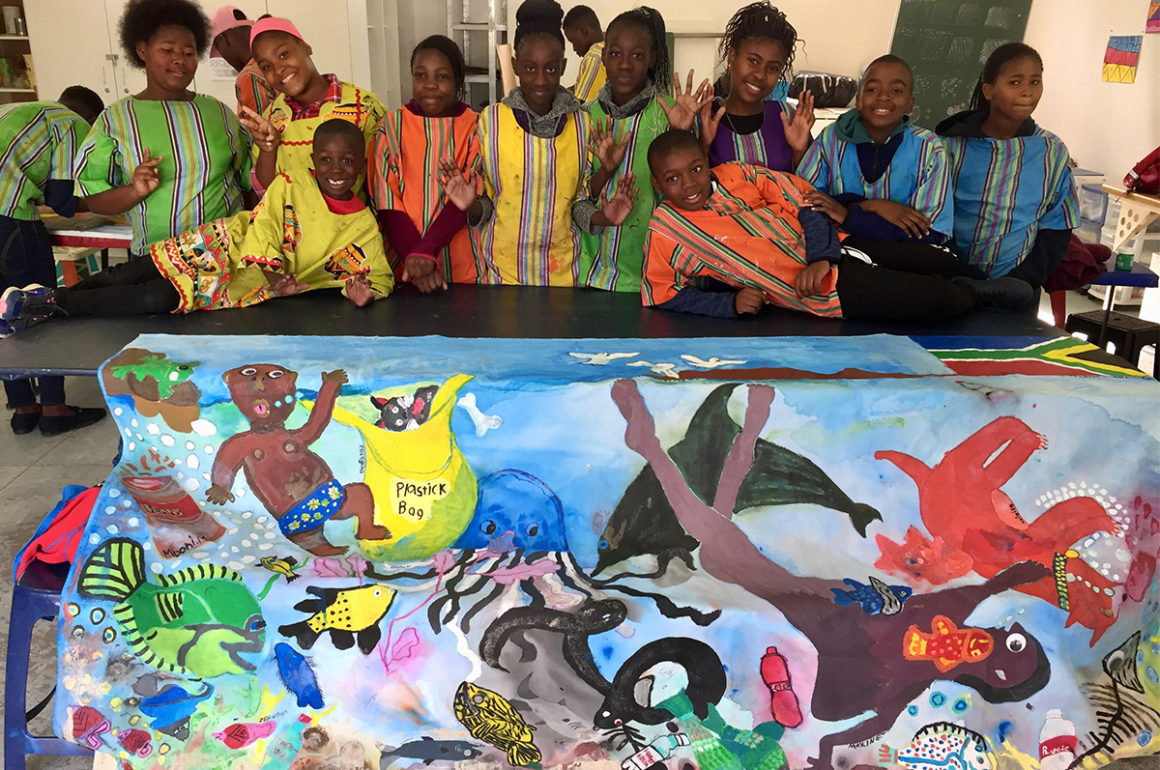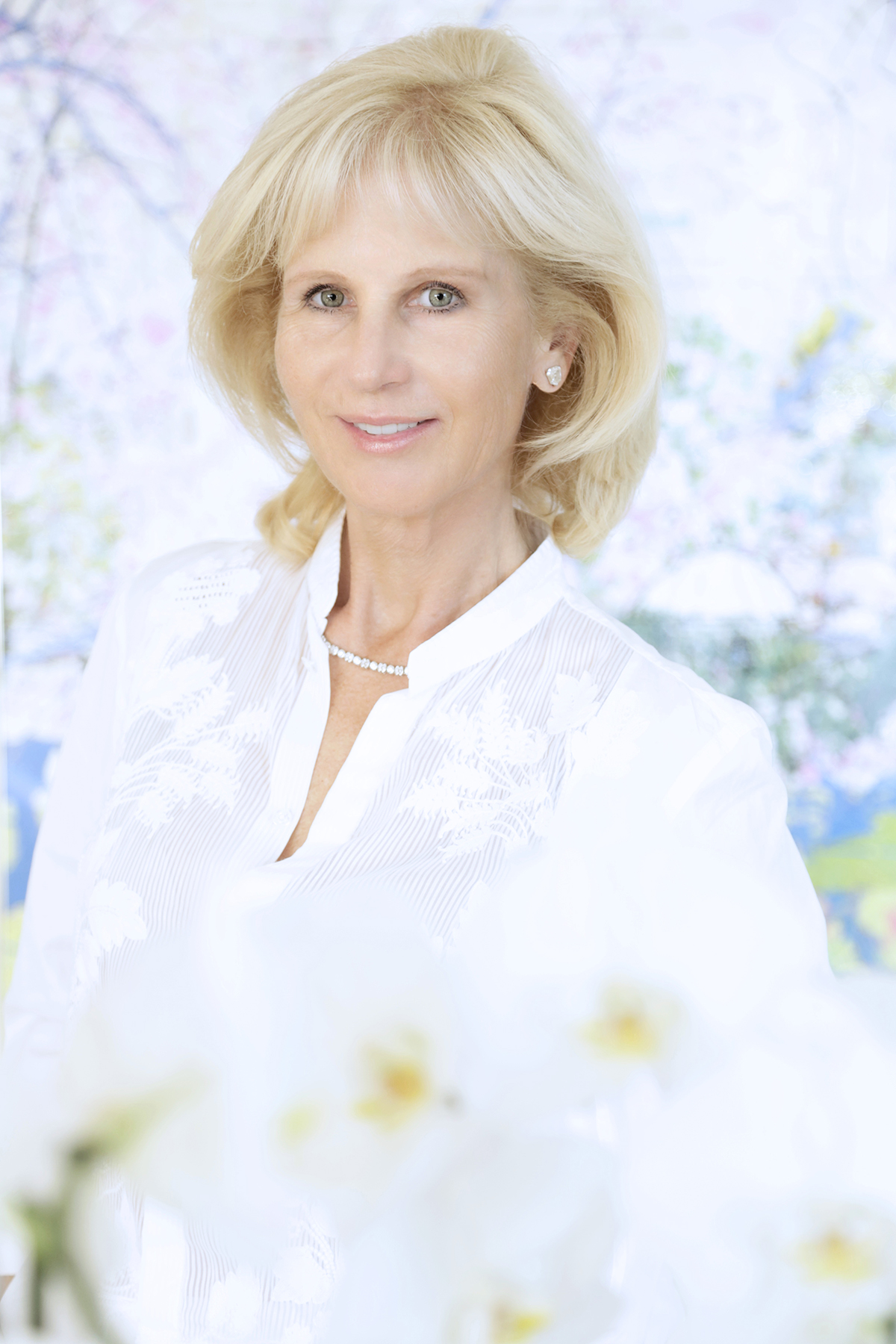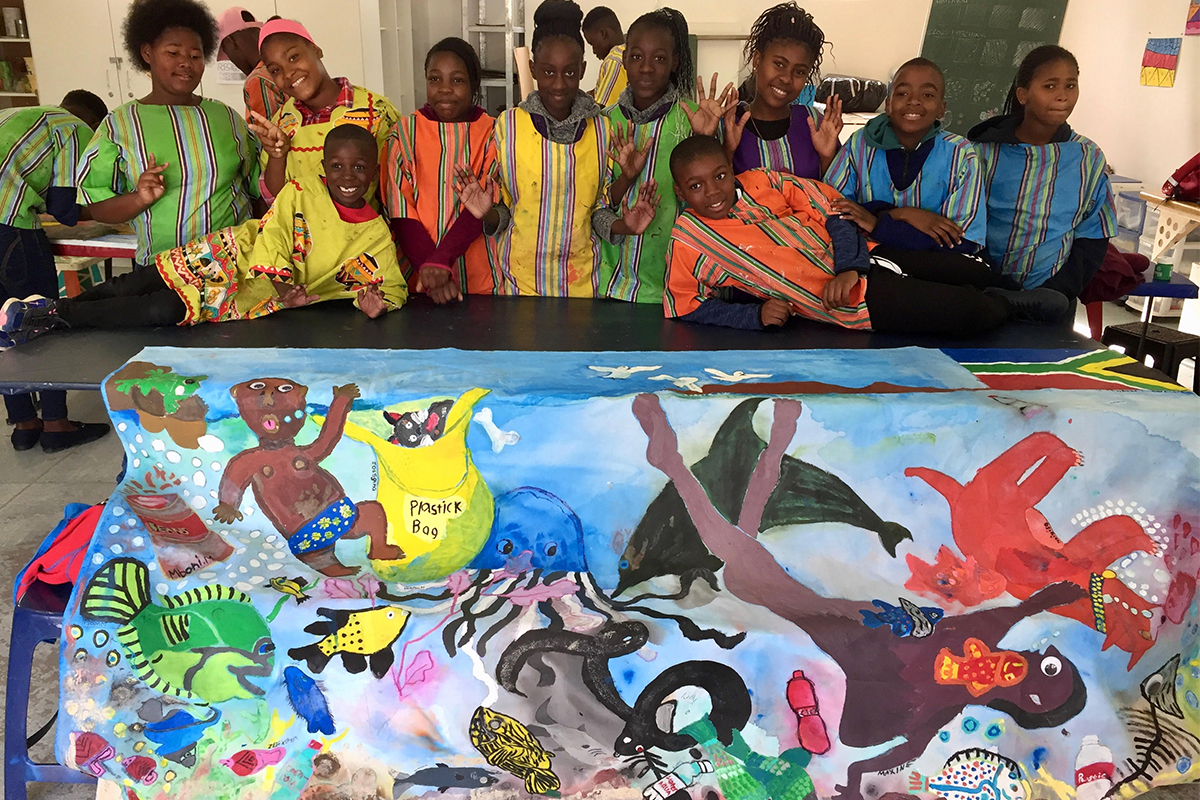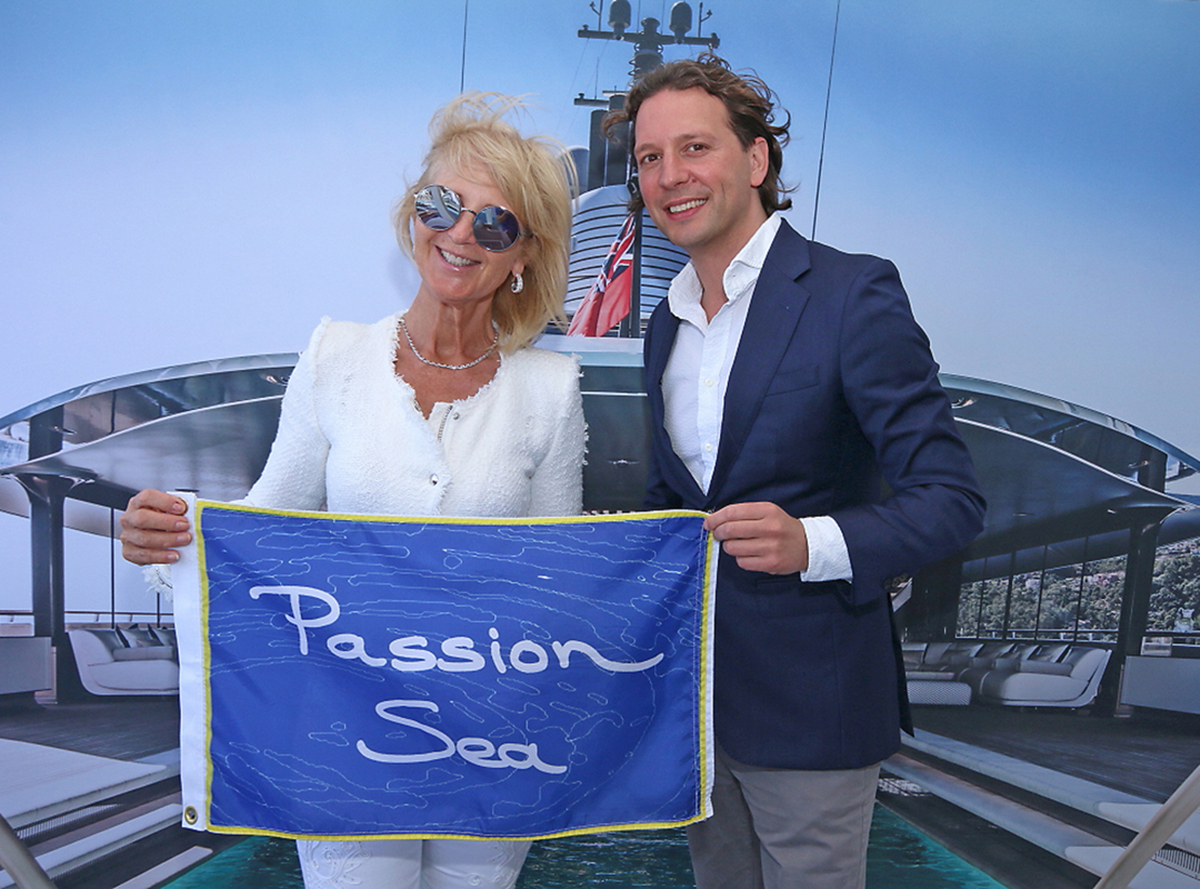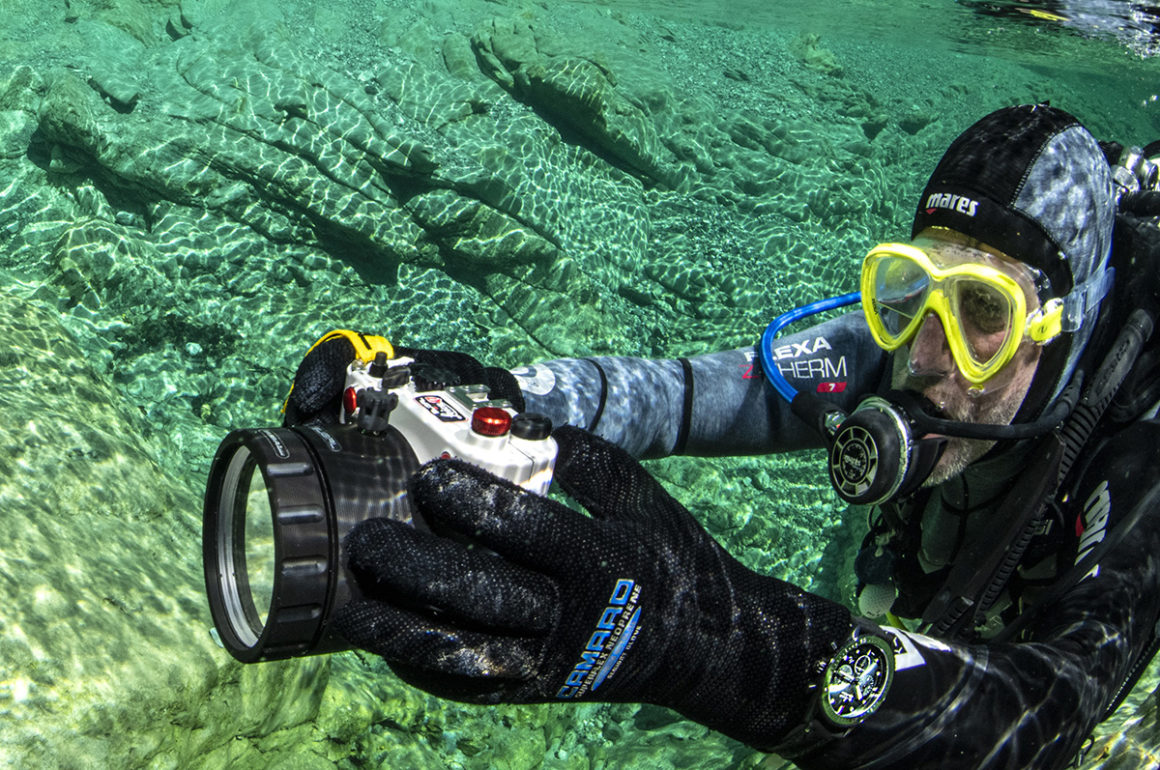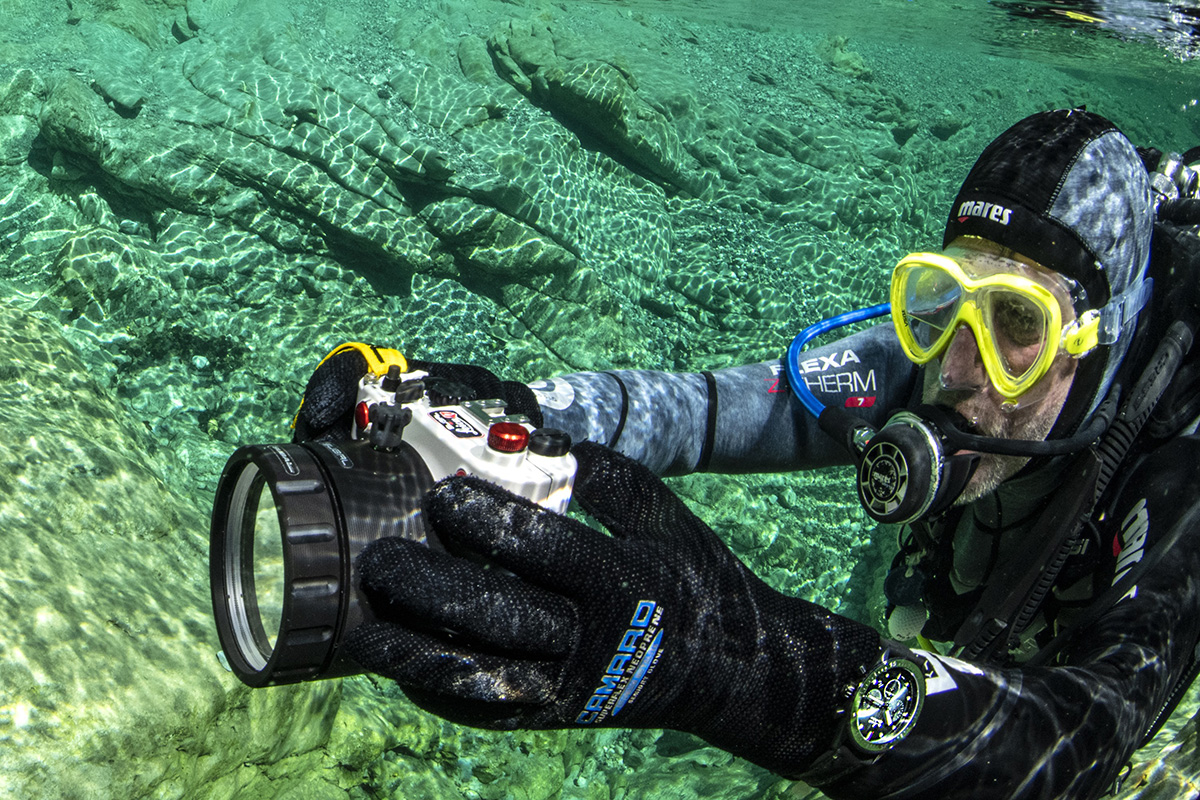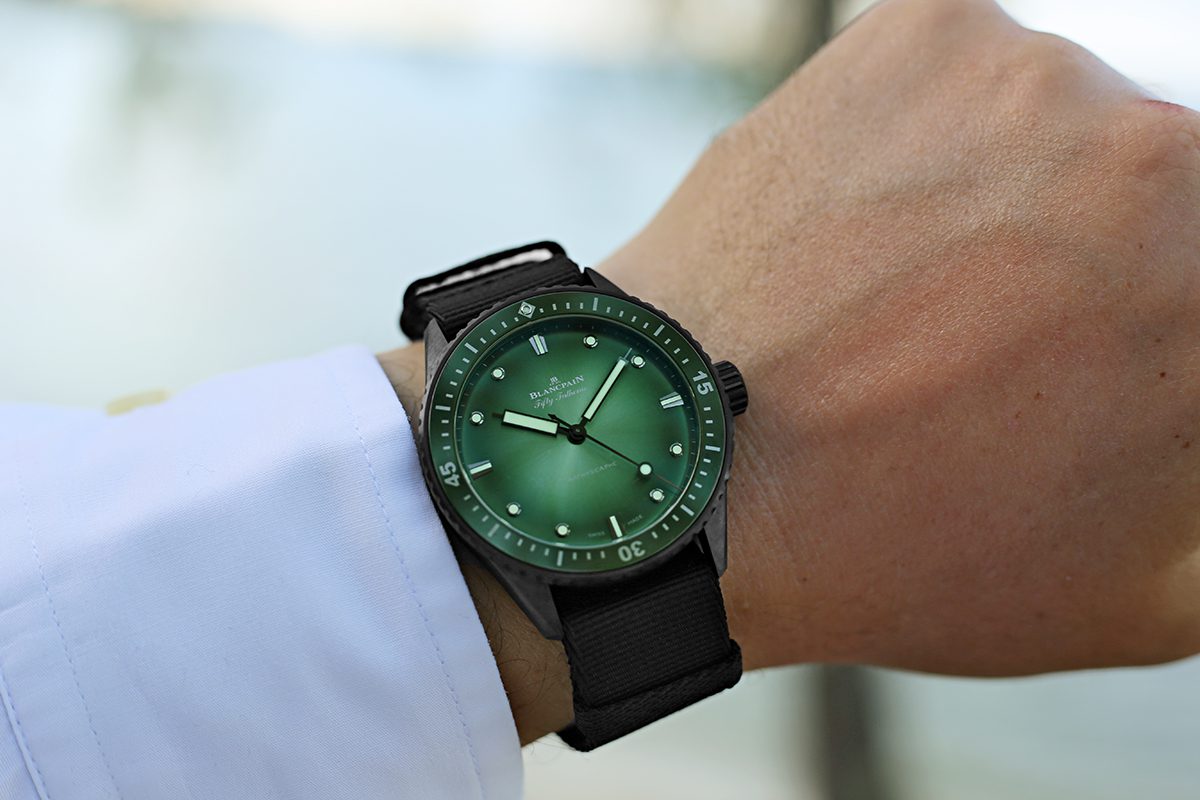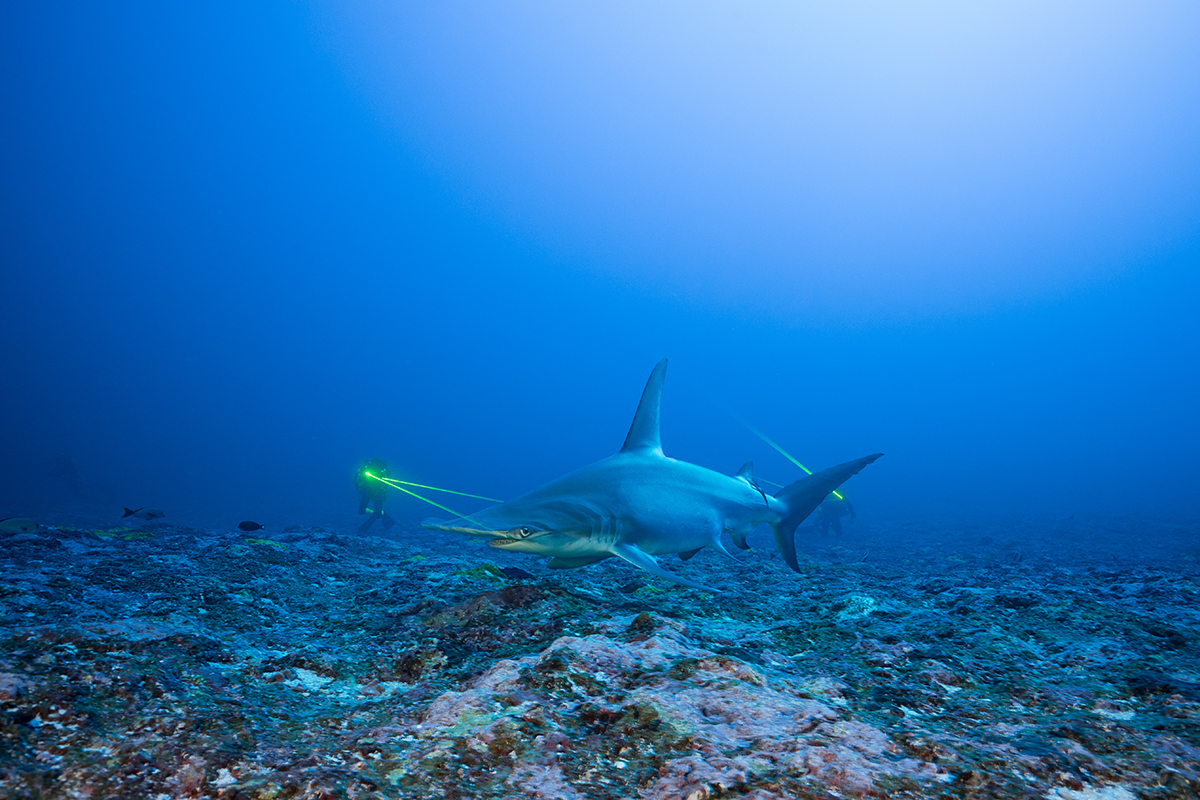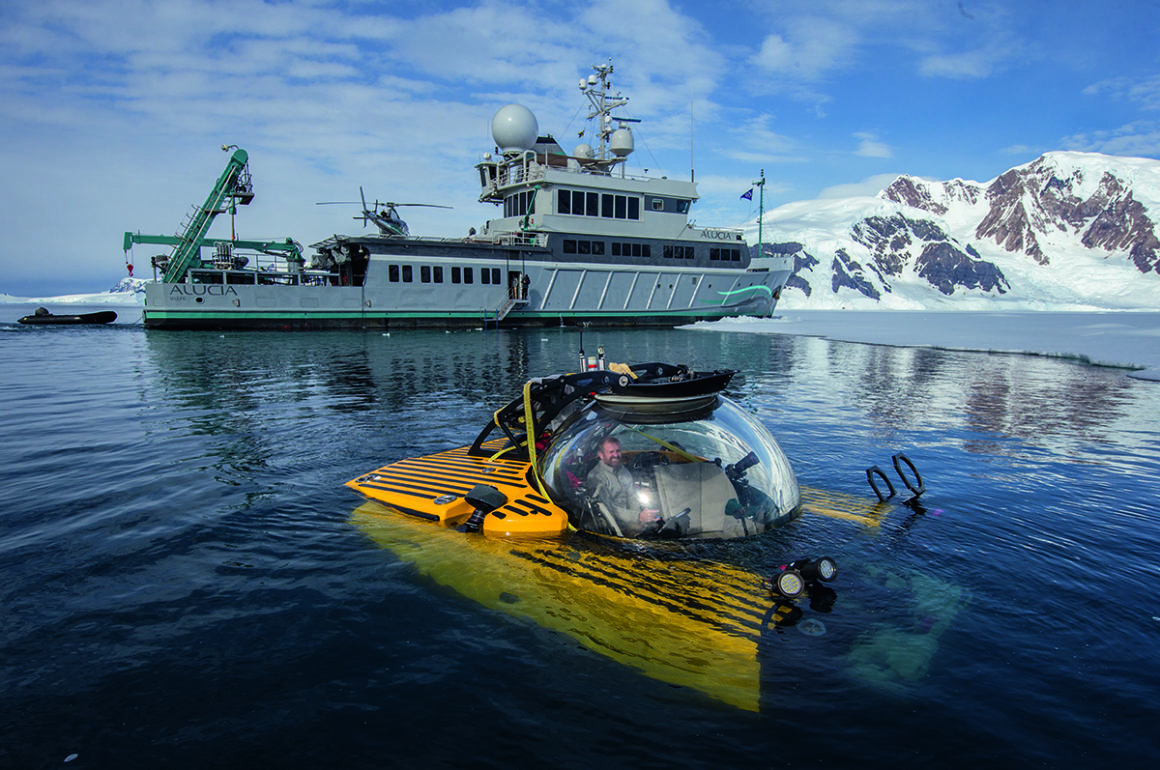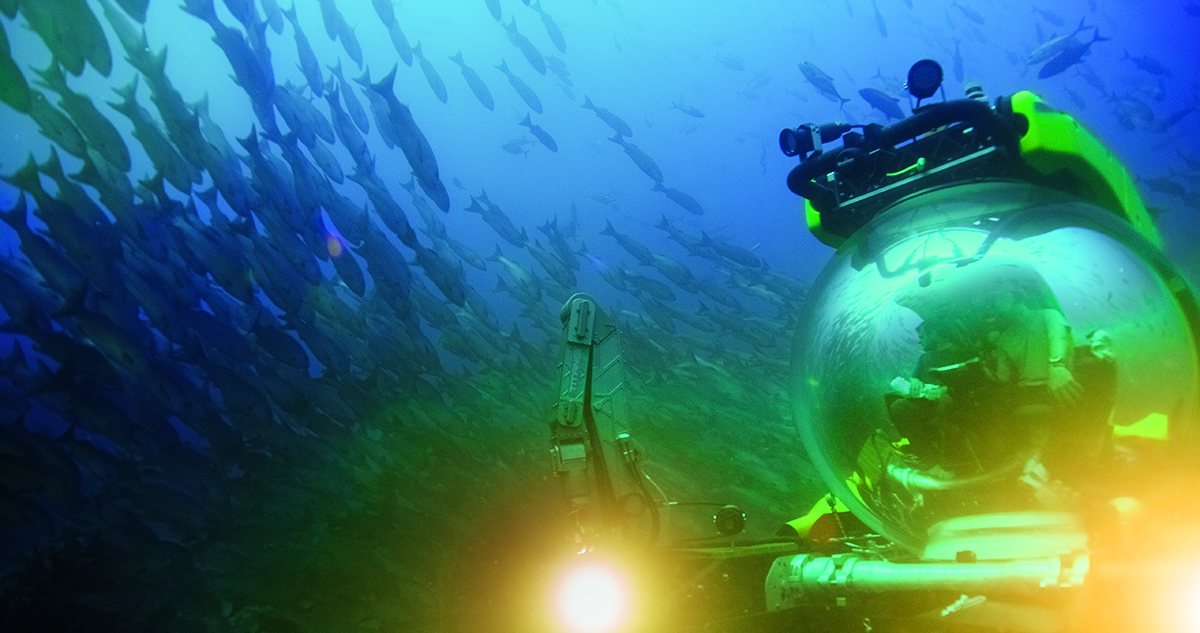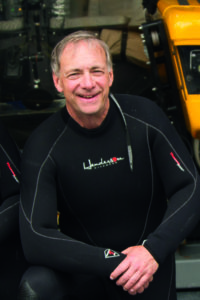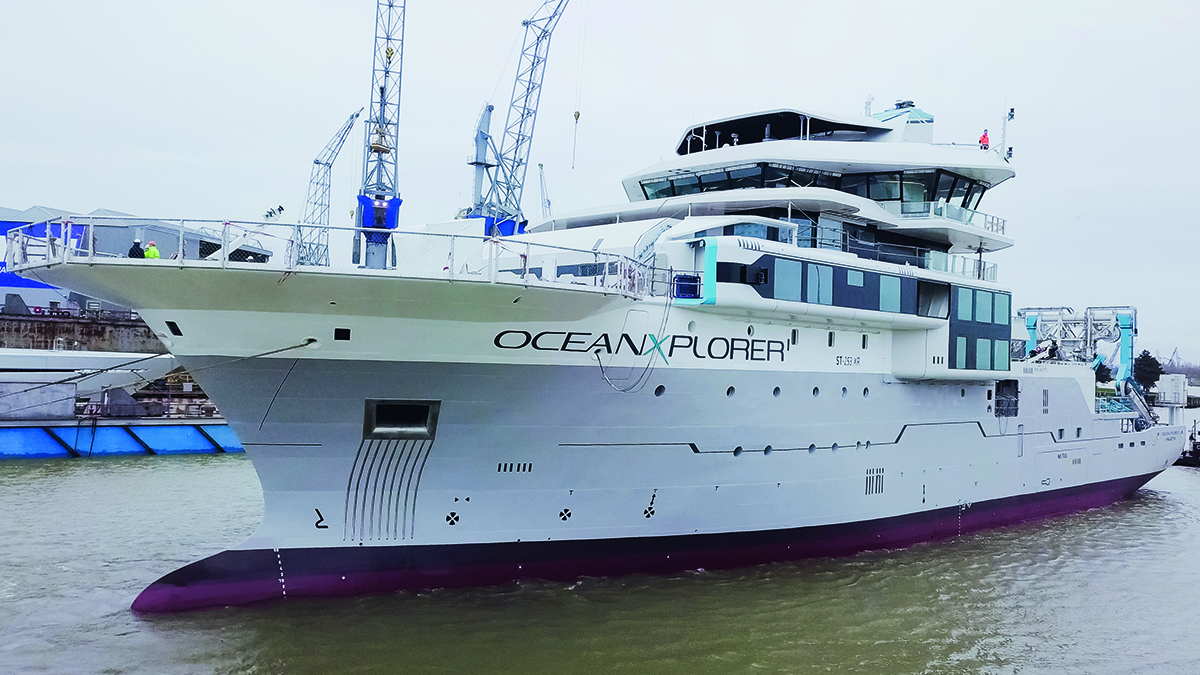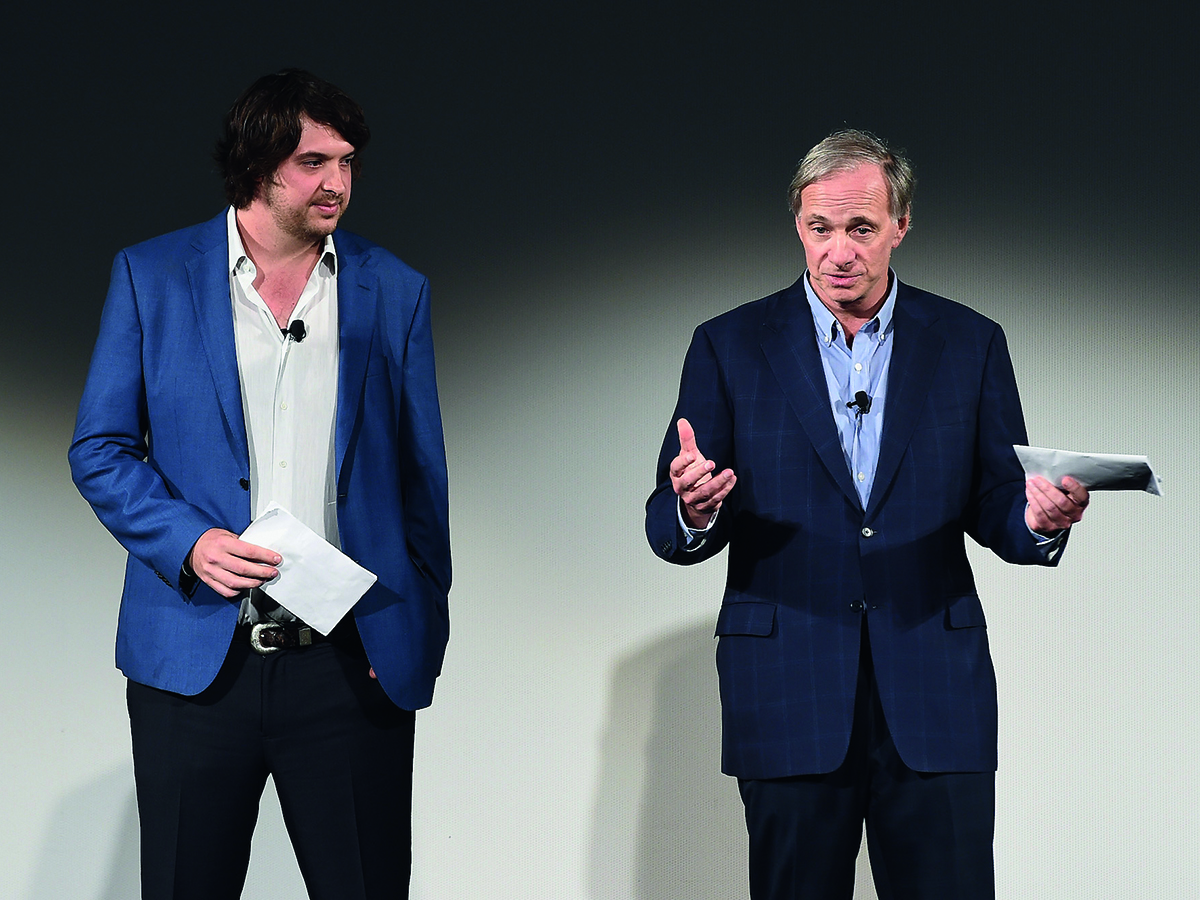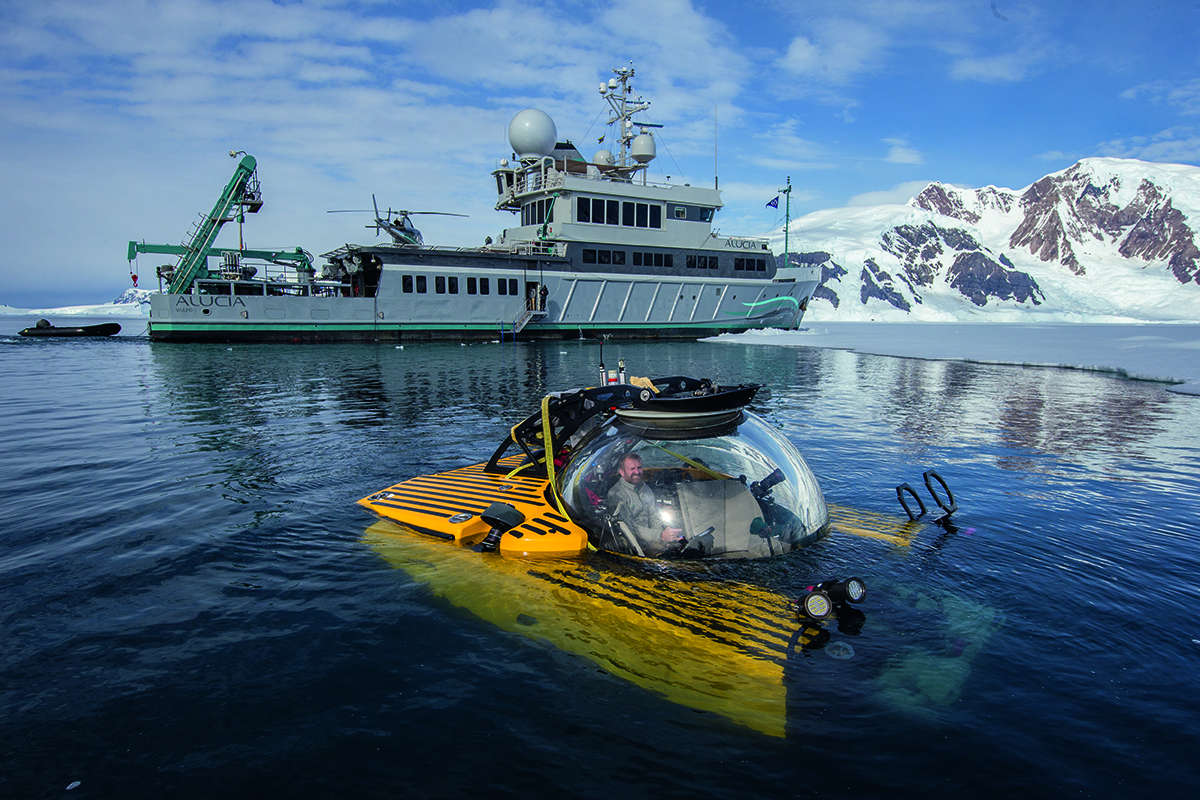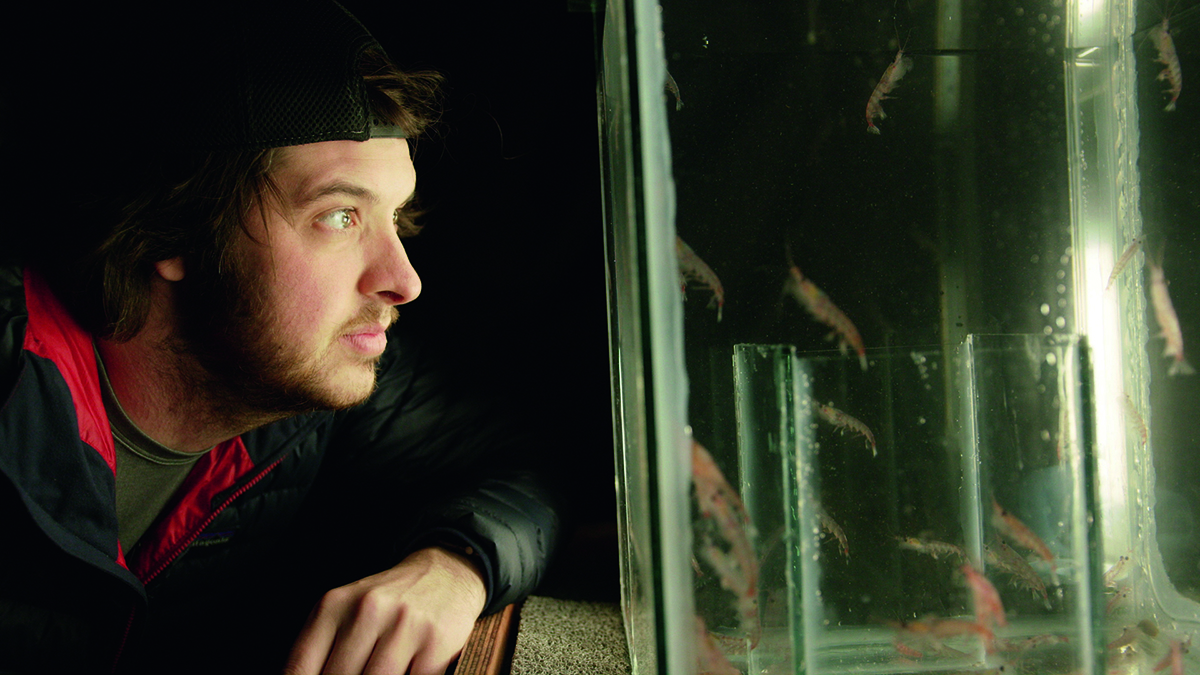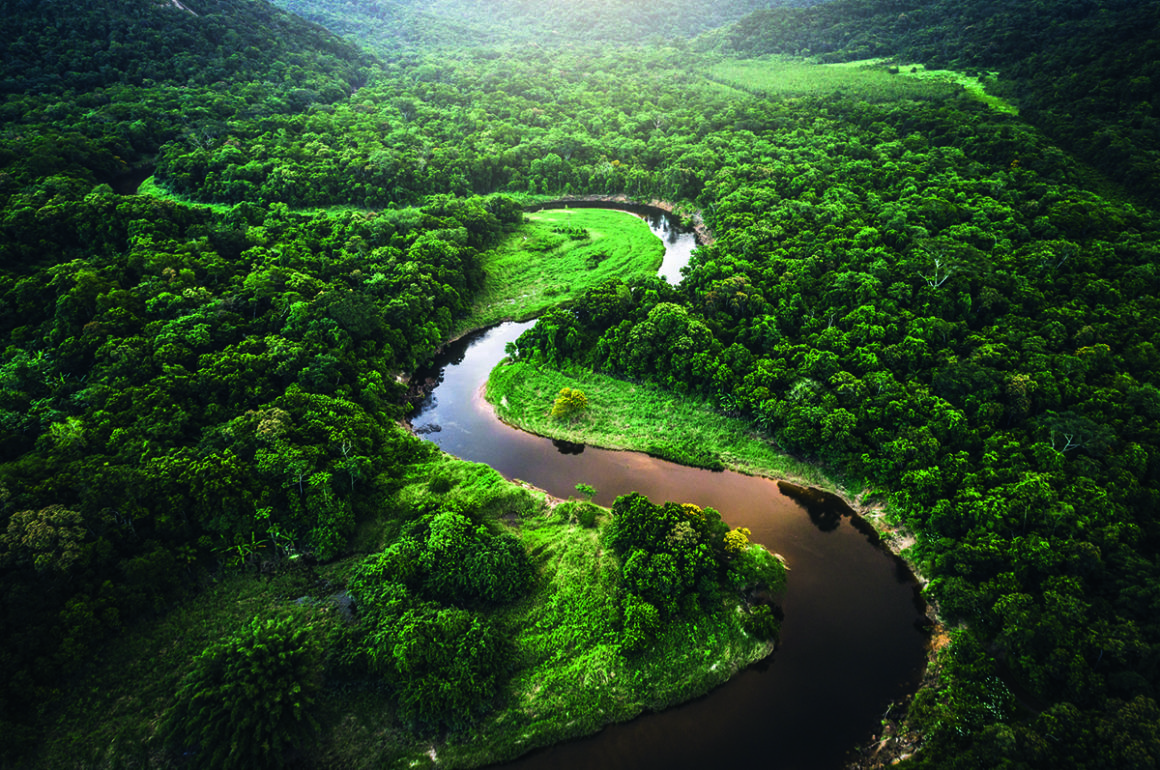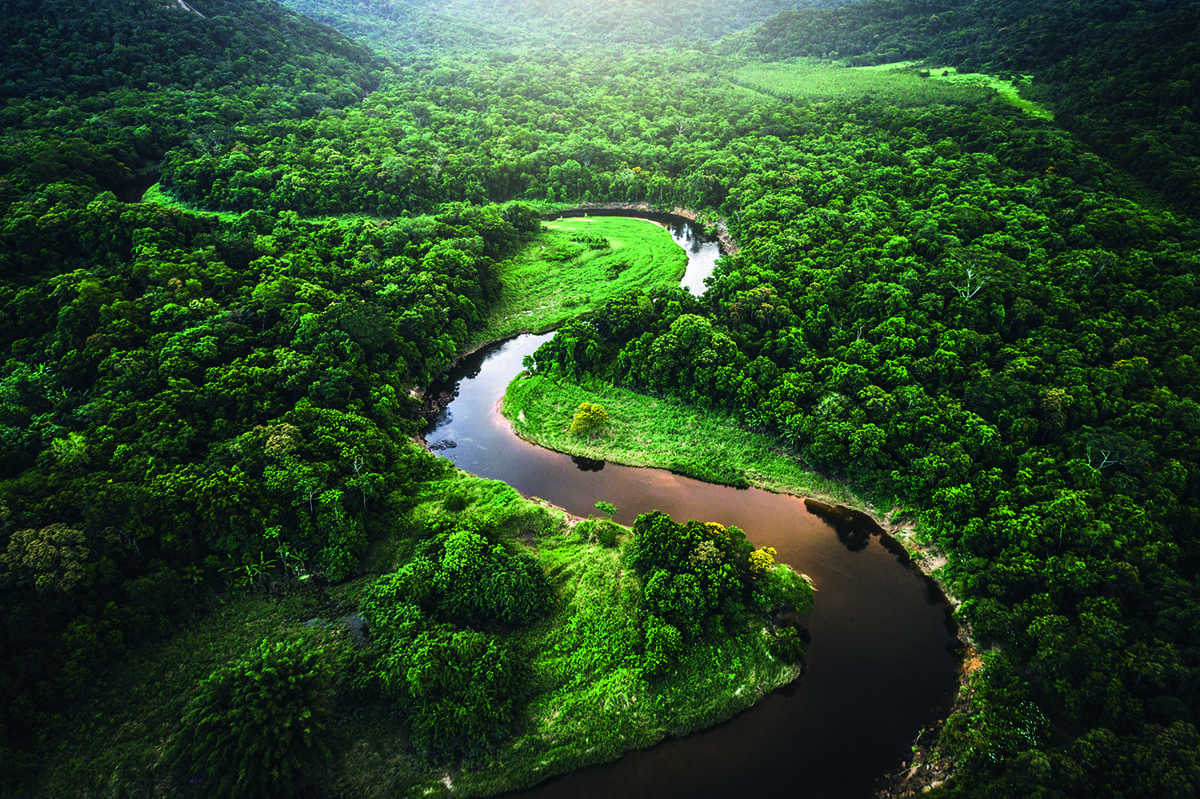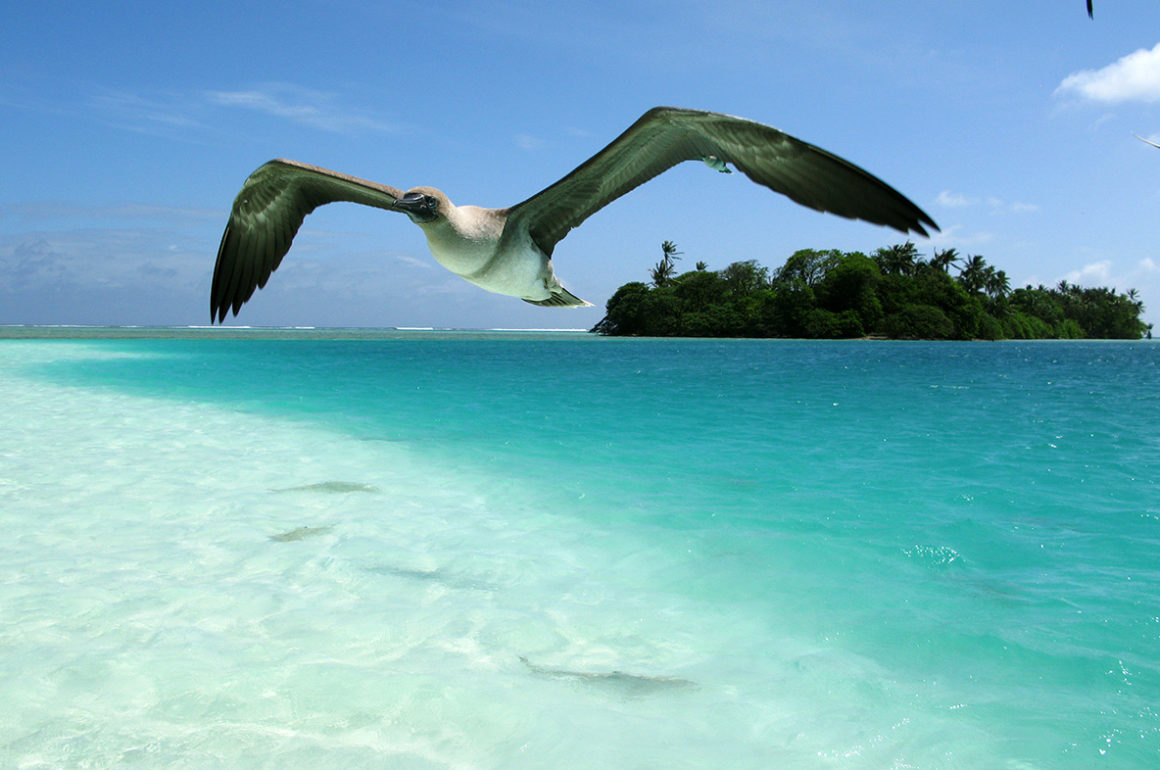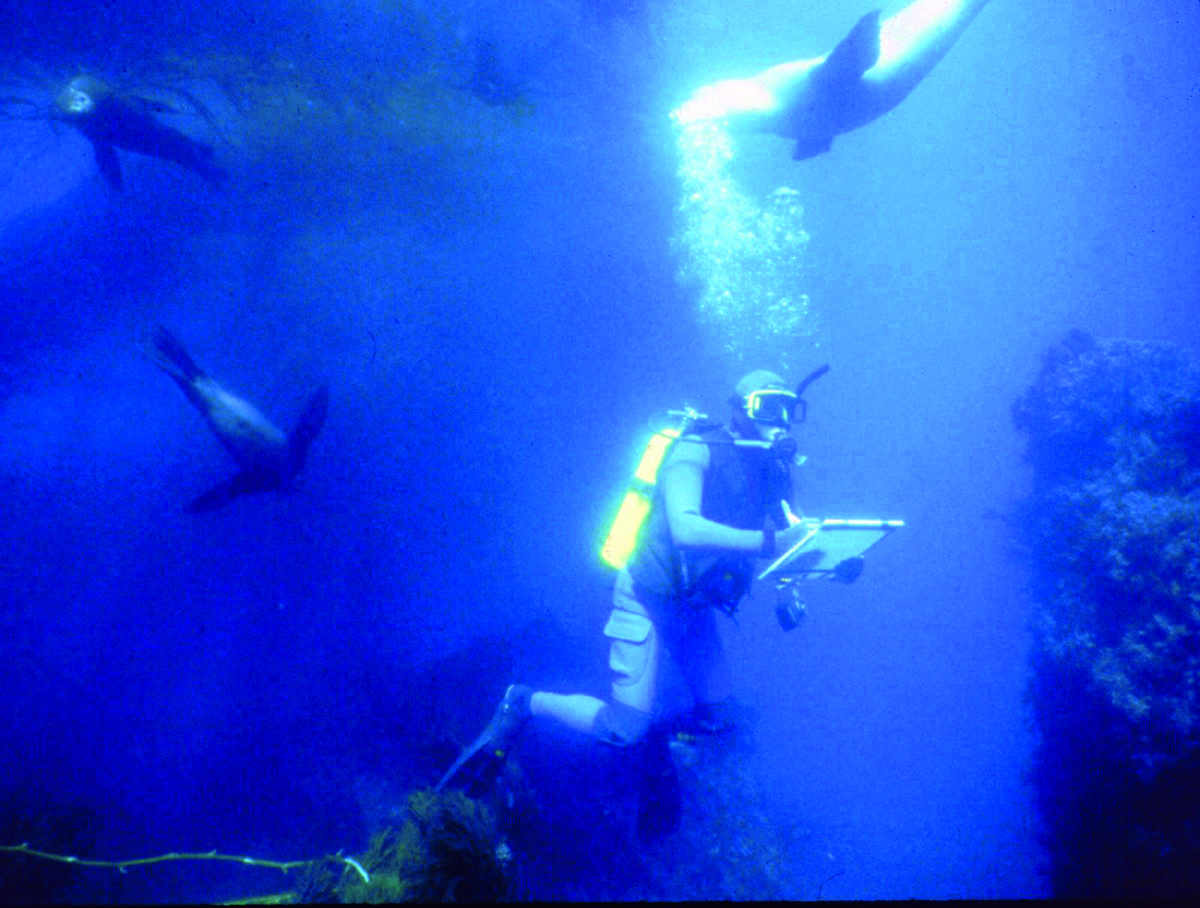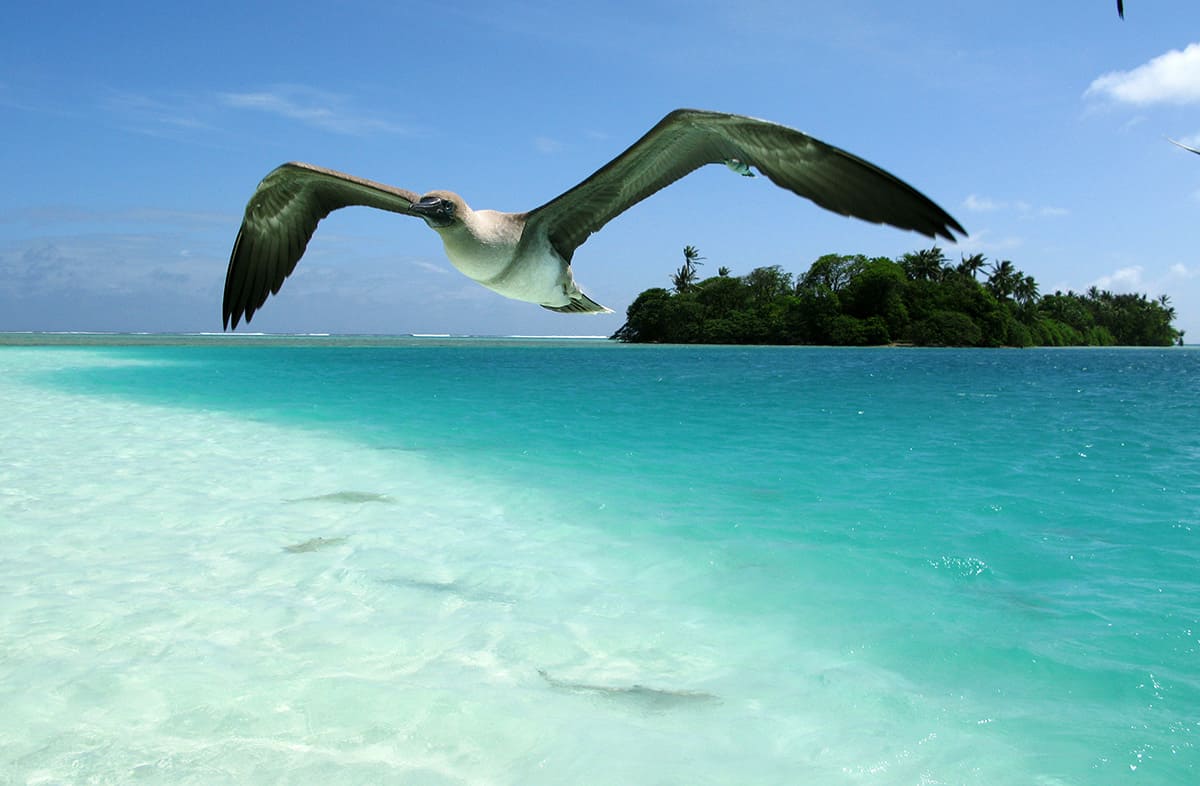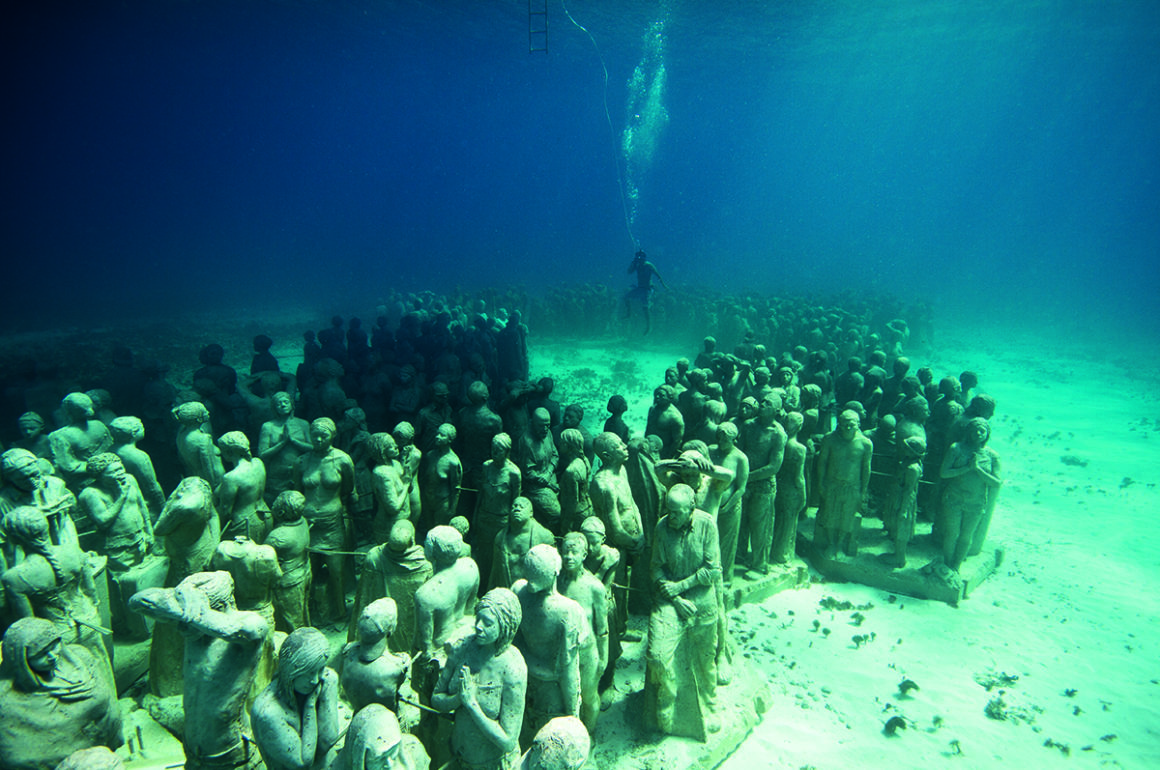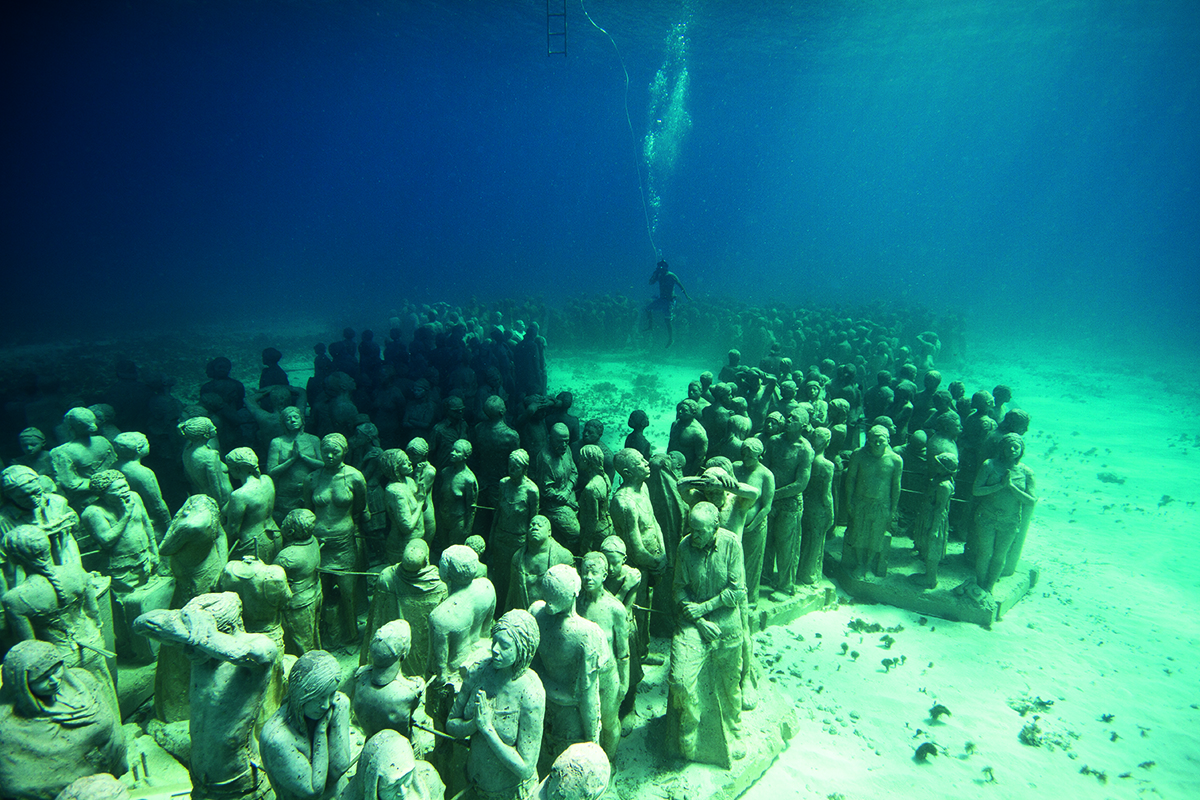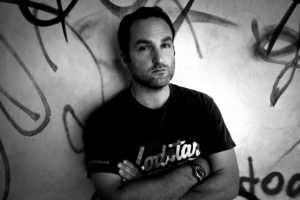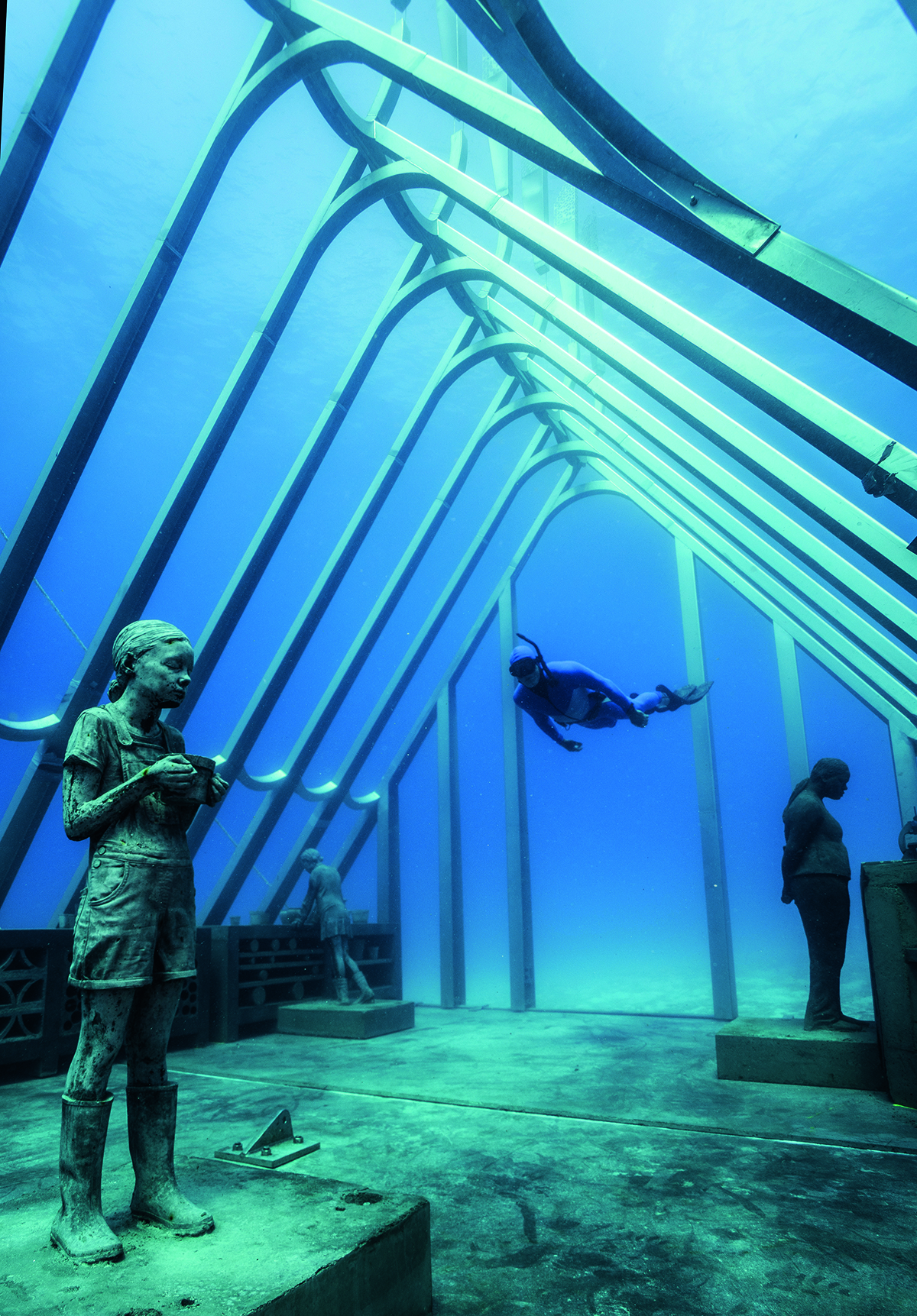
The conservation of Cape Foulweather Headland on the Oregon coast, an initiative supported by the Biden-Harris administration through NOAA. © Shutterstock
Richard Spinrad is a pivotal figure spanning politics and academia in the US. As Under Secretary of Commerce for Oceans and Atmosphere and head of the National Oceanic and Atmospheric Administration, the veteran oceanographer has the demanding task of guiding policy around maritime sustainability. Michael Marshall speaks with him about challenges and opportunities
“An environmental intelligence agency” is how Richard “Rick” Spinrad describes it. He is referring to the National Oceanic and Atmospheric Administration (NOAA), the US government agency (of which he is Administrator) that has responsibility for the oceans. The NOAA produces data and predictions around climate, atmospheric conditions, ocean health and protection for fisheries and marine animals – “environmental intelligence” that helps fuel sustainable economic development. One of the biggest challenges that Spinrad and NOAA face is helping to improve the way the oceans are managed so that marine resources are used sustainably. Spinrad’s goal is to maximise NOAA’s impact by ensuring its environmental intelligence reaches those who need it most, so they can respond to the challenge.
Spinrad has spent more than 40 years studying the ocean. He obtained a PhD in 1982 from Oregon State University, his early research tracking how light behaves as it travels deeper into the sea and encounters clouds of drifting sediment. Subsequently, he moved between academia and government. He held roles at universities including Oregon State and was NOAA Chief Scientist under President Obama. On Earth Day 2021, President Biden nominated Spinrad as Under Secretary of Commerce for Oceans and Atmosphere and Administrator of NOAA, putting him in charge of the agency.
Follow LUX on Instagram: luxthemagazine
Spinrad arrived at NOAA at a time when public awareness of the environmental crisis, including threats to the oceans, had become greater than ever before. “We are seeing much savvier consumers,” he says. “There’s an increased change in consumer behaviour around being green and trying to figure out products that are not doing harm to the environment.”

Dr Richard Spinrad, Under Secretary of Commerce for Oceans and Atmosphere and NOAA Administrator. Courtesy of NOAA
Alongside the shift in consumer behaviour is the intensifying political pressure to solve environmental problems. “There is a generational push right now,” says Spinrad. “The youth of the world are much better organised and much more active, in a very constructive manner, than I have ever seen in my career.” Activists including Greta Thunberg and Vanessa Nakate have driven climate change to the top of the agenda, pressuring governments to act.
On top of this, the impacts of climate change are increasingly evident. “What’s happening in the world is accelerating,” says Spinrad. “Whereas 10, 20 years ago, people tended to talk about what’s going to happen at the end of the century, now we’re starting to see impacts that are imminent and affecting market values and people’s attitudes today.”
In the United States, the result has been two landmark pieces of legislation passed by the Biden-Harris Administration: 2021’s Bipartisan Infrastructure Law (BIL) and 2022’s Inflation Reduction Act (IRA). NOAA has key roles to play in implementing both. The BIL, formally the Infrastructure Investment and Jobs Act, is a sweeping statute providing $1.2 trillion funding, $550 billion of which is new. The aim is to improve infrastructure in projects related to highways, railways, broadband access, clean water and electricity grids. The IRA is similarly ambitious. One focus is to support and boost domestic clean-energy production. Alongside such priorities, IRA provides much of the funding to support BIL programmes.

NOAAS Thomas Jefferson, an ocean survey vessel, at work. Courtesy of NOAA
Between them, BIL and IRA are providing more than $6 billion for NOAA. This will primarily support three initiatives: better climate data, preparing coastal communities for climate change and better stewardship of fisheries. Ongoing projects include the restoration of coral reefs at Maui Nui in Hawai’i, constructing a living shoreline on Ossabaw Island in Georgia and the conservation of Cape Foulweather Headland on the Oregon coast.
It is a big advance, but Spinrad emphasises that it is a drop in the ocean compared to what is needed. “We are already seeing roughly a 10:1 proposal pressure,” he says. “The demand far exceeds the supply with respect to resourcing.” That means the money to support ocean conservation can’t just come from the government: it also has to come from the private sector.
“There is an investment opportunity,” says Spinrad. To encourage that, in July 2022 Spinrad hired Sarah Kapnick as NOAA’s new Chief Scientist. Kapnick has a background in climate science: she has studied the impacts of climate change on snowfall, the North American monsoon and tropical cyclones. She also has extensive experience of economics and finance: she has been an investment-banking analyst for Goldman Sachs, and her previous role was Managing Director at JP Morgan, with responsibility for climate and sustainability strategy for asset and wealth management.
“Science has shown how important healthy oceans are,” says Kapnick. “We know that disruption to the oceans has knock-on effects for society, including business. It affects ports, it affects supply chains. As a result, investors are increasingly interested in trying to figure out how to invest in these things.” The scale of investment needed to protect the oceans requires “an all-hands-on-deck approach,” adds Kapnick. “In financial terms, there are different layers of financing to achieve all these goals.”

Dr Sarah Kapnick
It will sometimes require blended finance, in which governments, the private sector and philanthropists come together.
Philanthropists are stepping up. “We are seeing some extraordinary developments,” says Spinrad, referring to “major players” who are getting into ocean conservation. Some, such as Julie Packard, daughter of one of the founders of Hewlett Packard, have supported ocean sustainability initiatives for decades. Others, like Amazon founder Jeff Bezos, are more recent entrants. In 2020 Bezos founded the Bezos Earth Fund, which will spend $10 billion on protected areas by 2030. In July 2022 it announced $50 million of awards for marine conservation. This included $30 million to create a network of marine-protected areas off the coasts of Colombia, Costa Rica, Ecuador and Panama – linking biological hotspots over an area of 500,000 square kilometres.
Perhaps the most dramatic recent example of environmental philanthropy was the decision by Yvon Chouinard, founder of outdoor-clothing company Patagonia, to give away the company. In 2022, Chouinard announced that Patagonia would radically change its structure. It will continue to operate as a for-profit company, but its profits will go to a unique trust and non-profit organisation that will support environmental efforts, including ocean conservation. “Chouinard’s action with Patagonia would, I suspect, result in a lot of people opening their eyes to the vast proportions of what is needed for climate action,” says Spinrad.

The restoration of coral reefs in Maui Nui, Hawai’i, an initiative supported by the Biden- Harris Administration through NOAA. © Renee Capozzola
The challenge for NOAA, as Spinrad sees it, is to get more people and companies involved in ocean sustainability – and that, he says, means working with organisations whose priorities are, on the face of it, different to one another. “The burden, if you will, is on the scientific community to get out more,” says Spinrad. NOAA has started a series of engagements and partnerships with diverse groups including the public-health community, the medical community, real-estate companies and the insurance industry. “We are learning to communicate in their terms, rather than trying to force them to speak in ours,” he says.
For example, earlier in 2023 NOAA announced a project to help support the climate needs of insurance companies. In partnership with the National Science Foundation (NSF), NOAA will create the Industry-University Cooperative Research Center (IUCRC), focused on modelling catastrophic impacts and risk assessment of climate change. The idea is to create decision-making tools for the insurance industry, enabling them to factor in risks from climate change, such as sea-level rise and increasingly intense tropical storms, when making financial decisions. NOAA is also conducting research to predict how sea-level rise will impact housing markets.
Such tools will help enable insurance companies to avoid investing in companies and infrastructure set to be threatened by climate change, or at least to charge higher premiums, thereby discouraging the building of non- resilient infrastructure. Working with such a varied group of players represents an ongoing challenge for NOAA. “We have more homework to do to understand how to better communicate these issues,” says Spinrad.
Read more: Enric Sala on working to protect vital areas of the ocean
“One of our pillars is maintaining scientific integrity and having people trust us,” says Kapnick. “We don’t tell you exactly what you have to do; we provide the facts that allow the decision-makers to make those decisions.” At a time when climate change and other environmental issues are reshaping the world in which we all live, being able to forecast, based on scientific evidence, is crucial. “At NOAA, prediction is at the heart of what we do,” says Spinrad. After that, it’s up to us all.
Find out more: noaa.gov
This article first appeared in the Deutsche Bank Supplement of the Autumn/Winter 2023/2024 issue of LUX magazine

